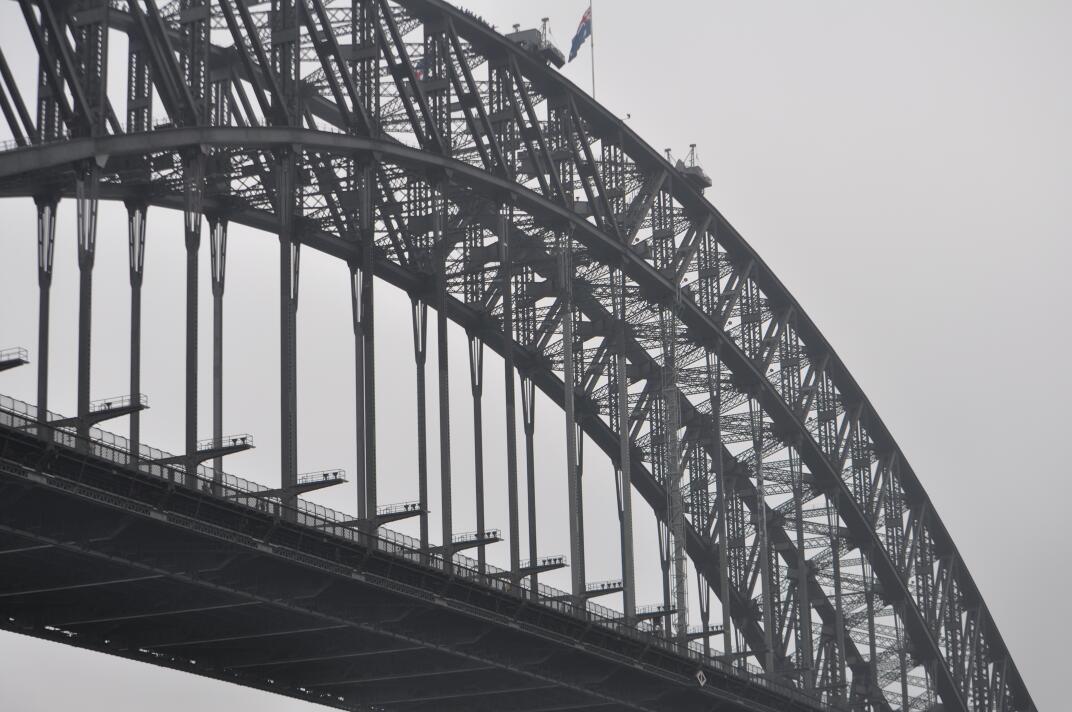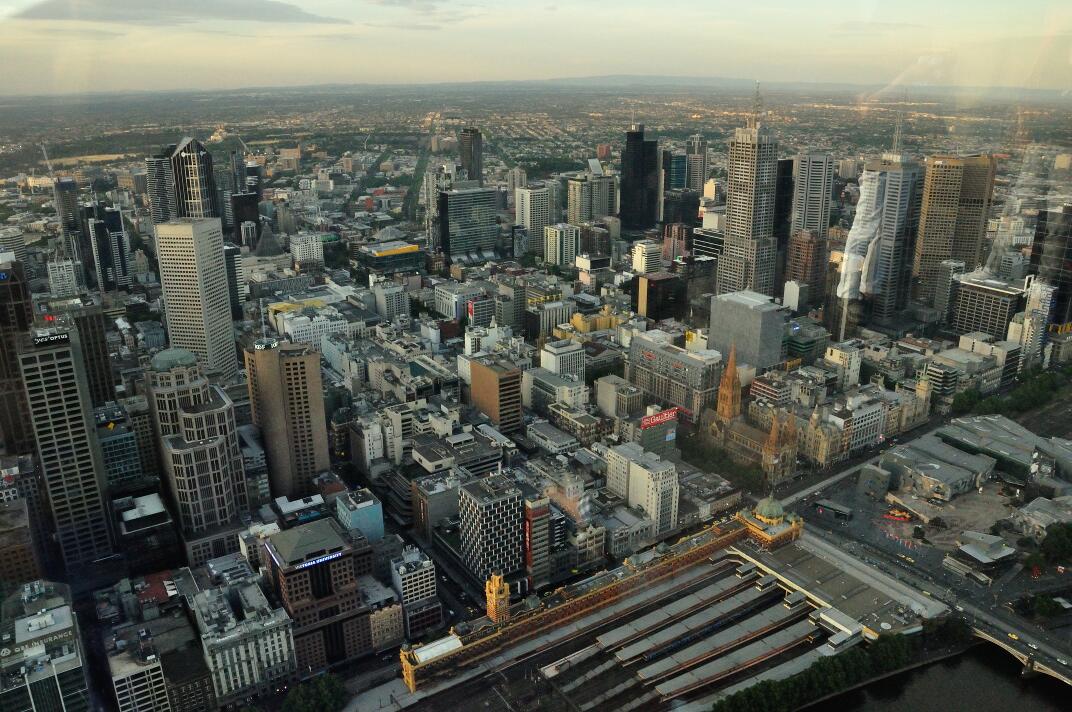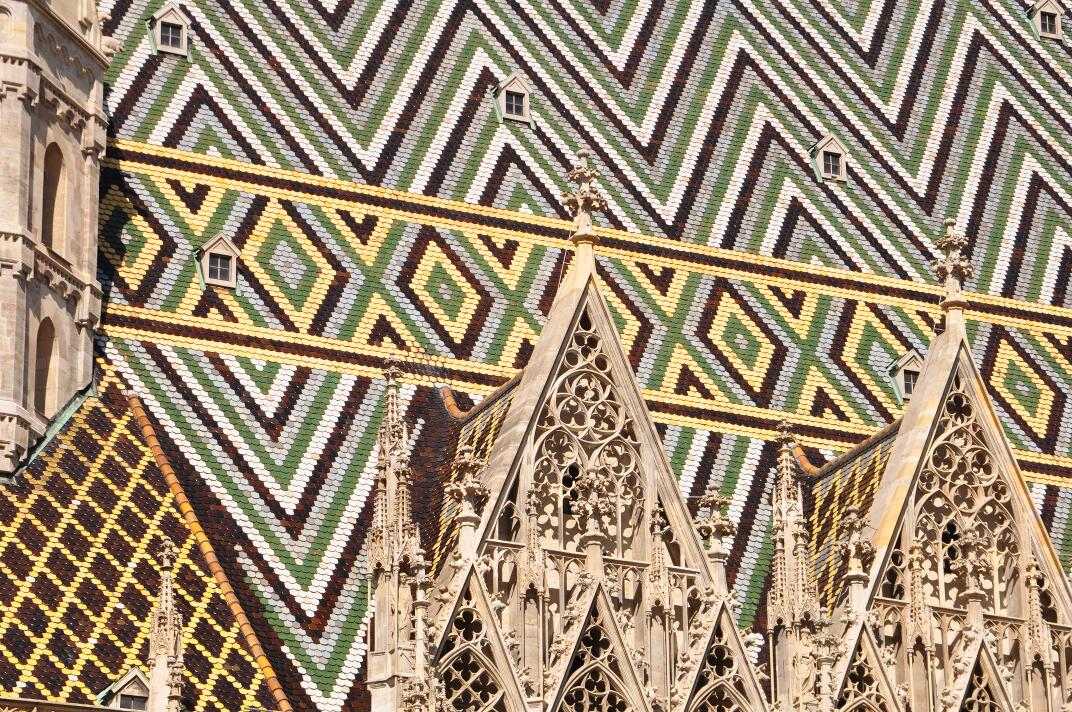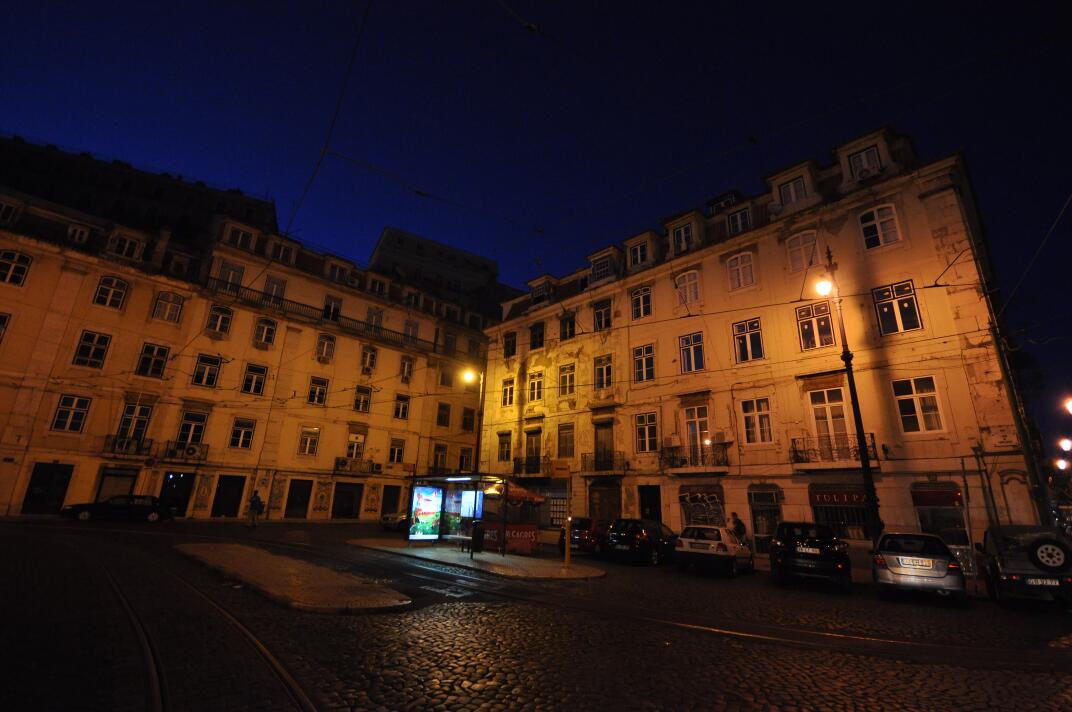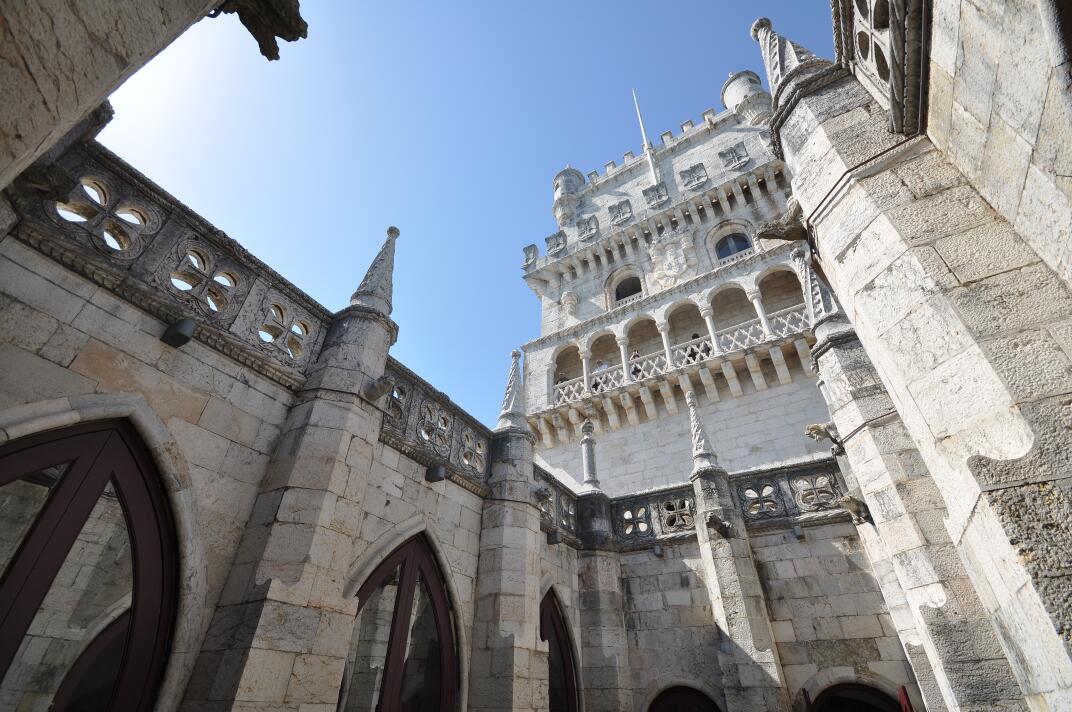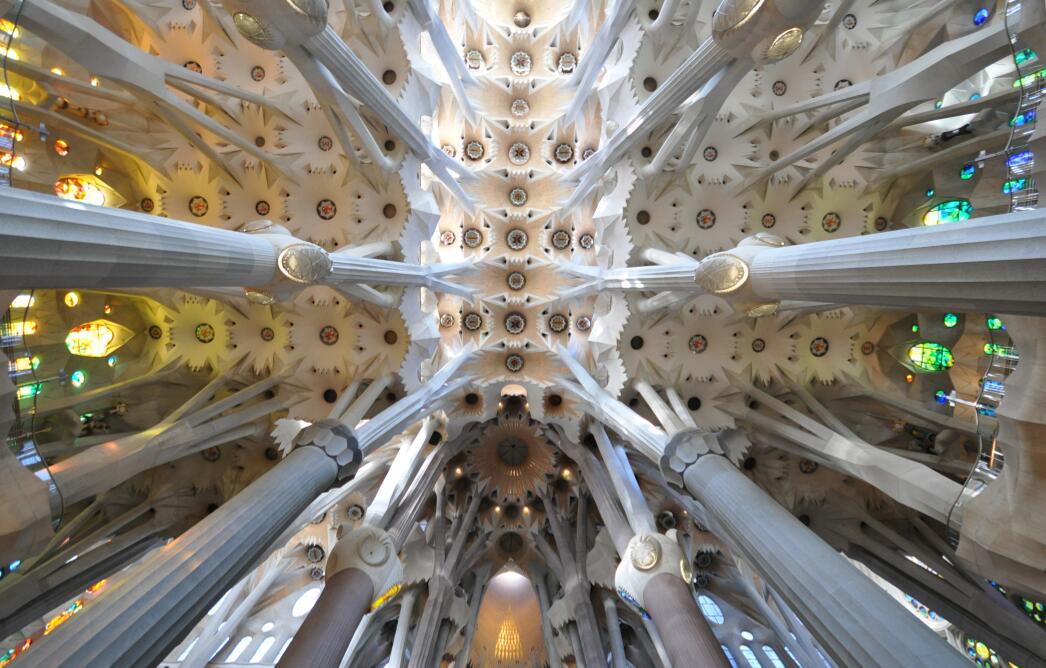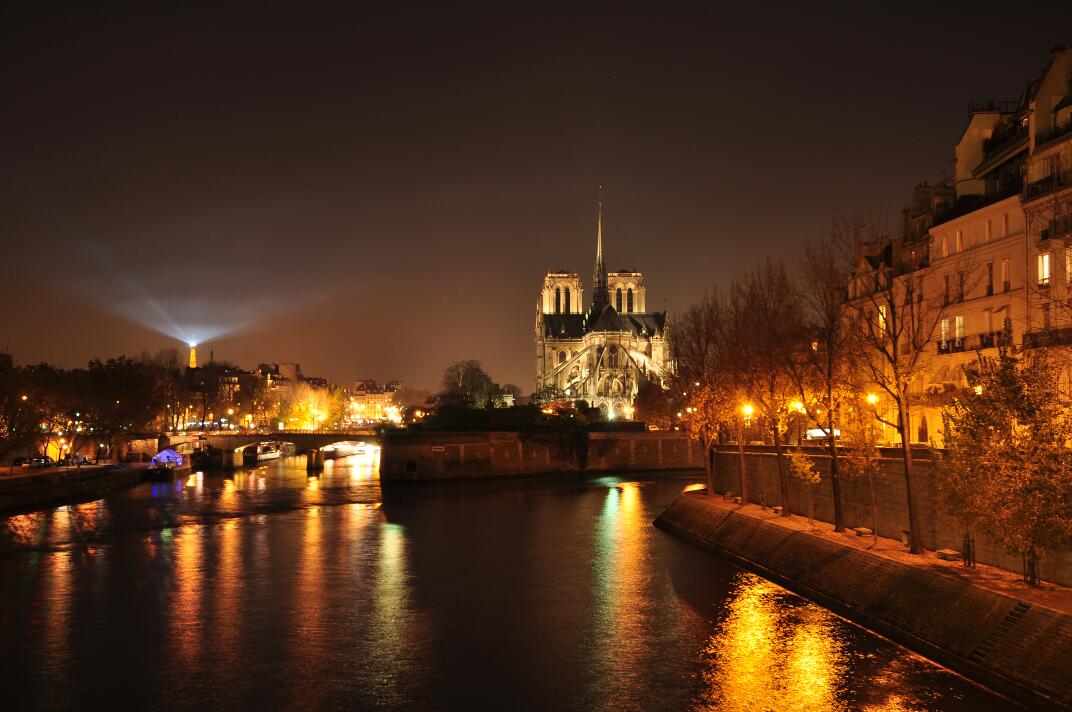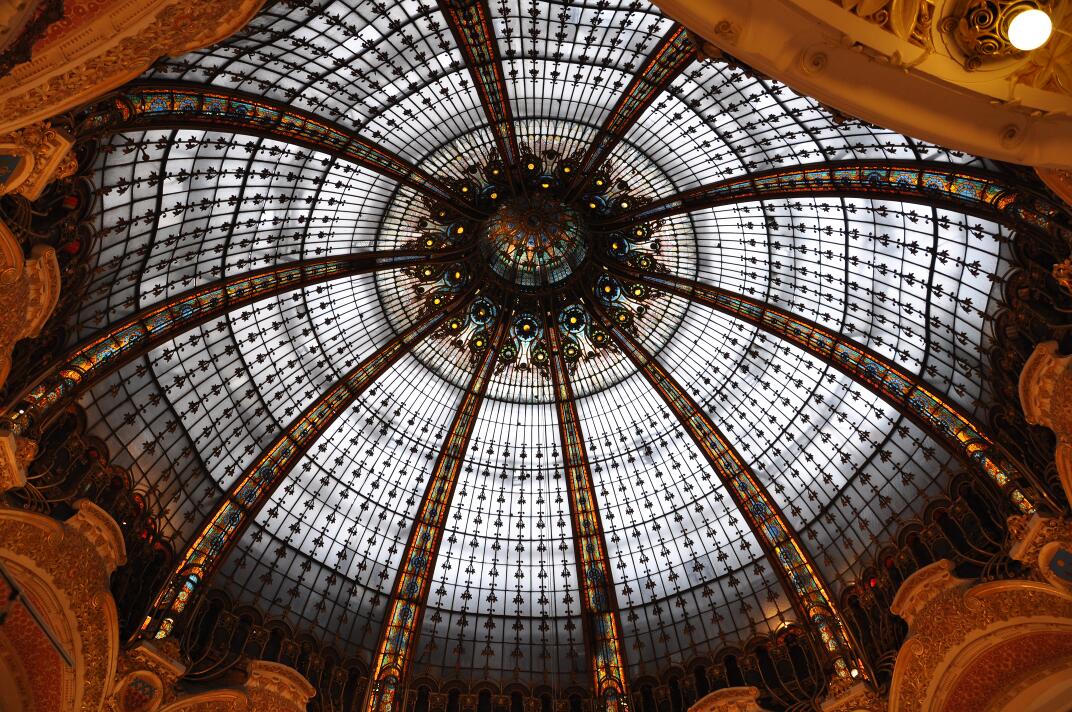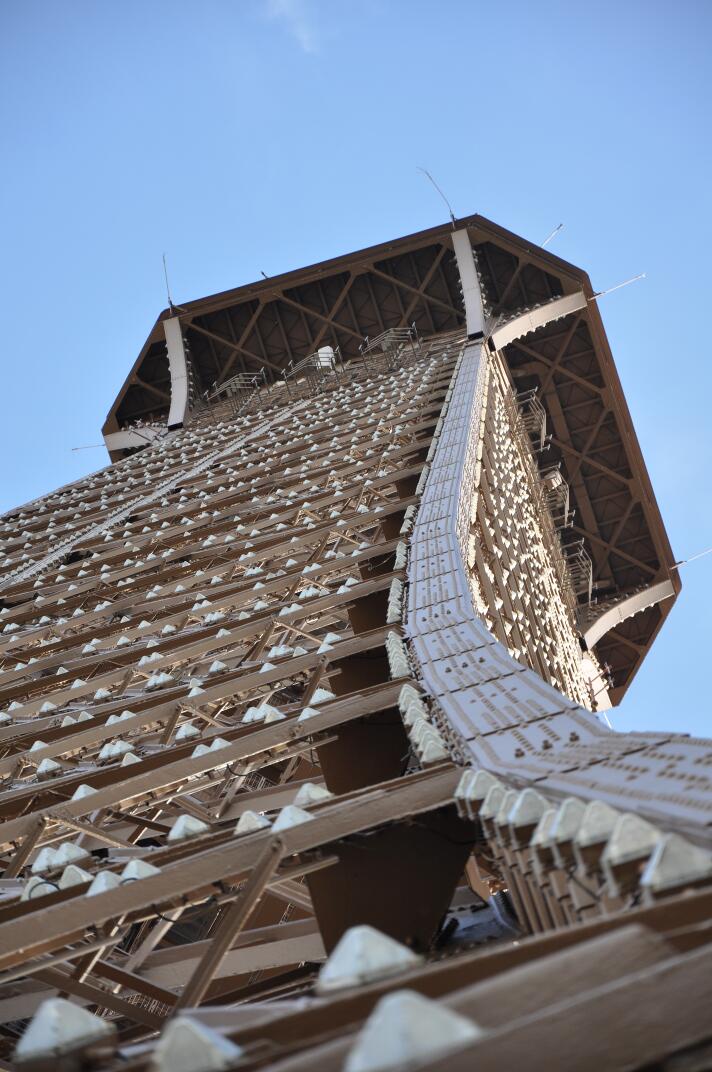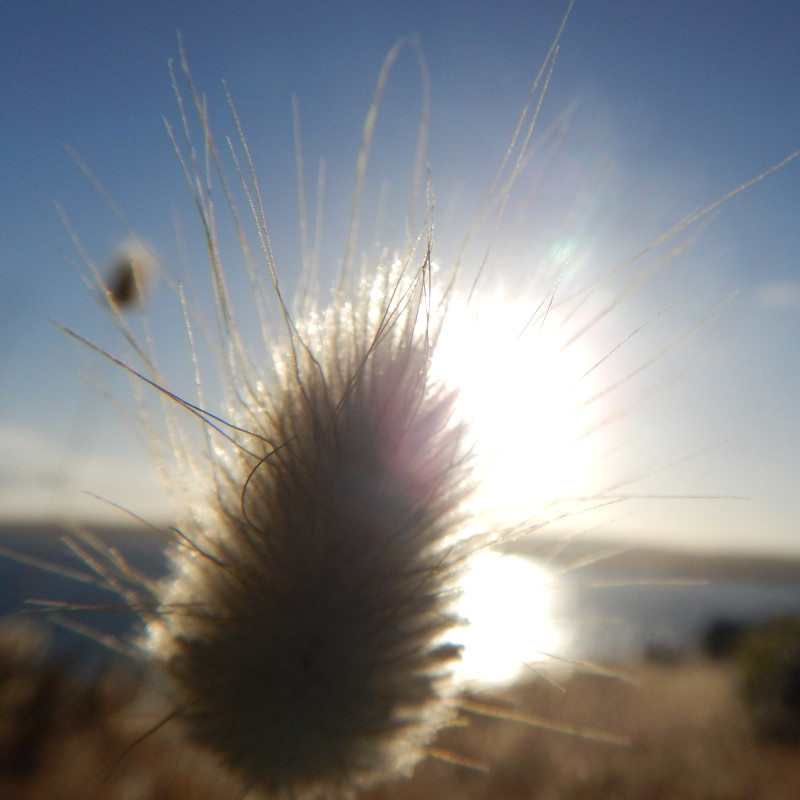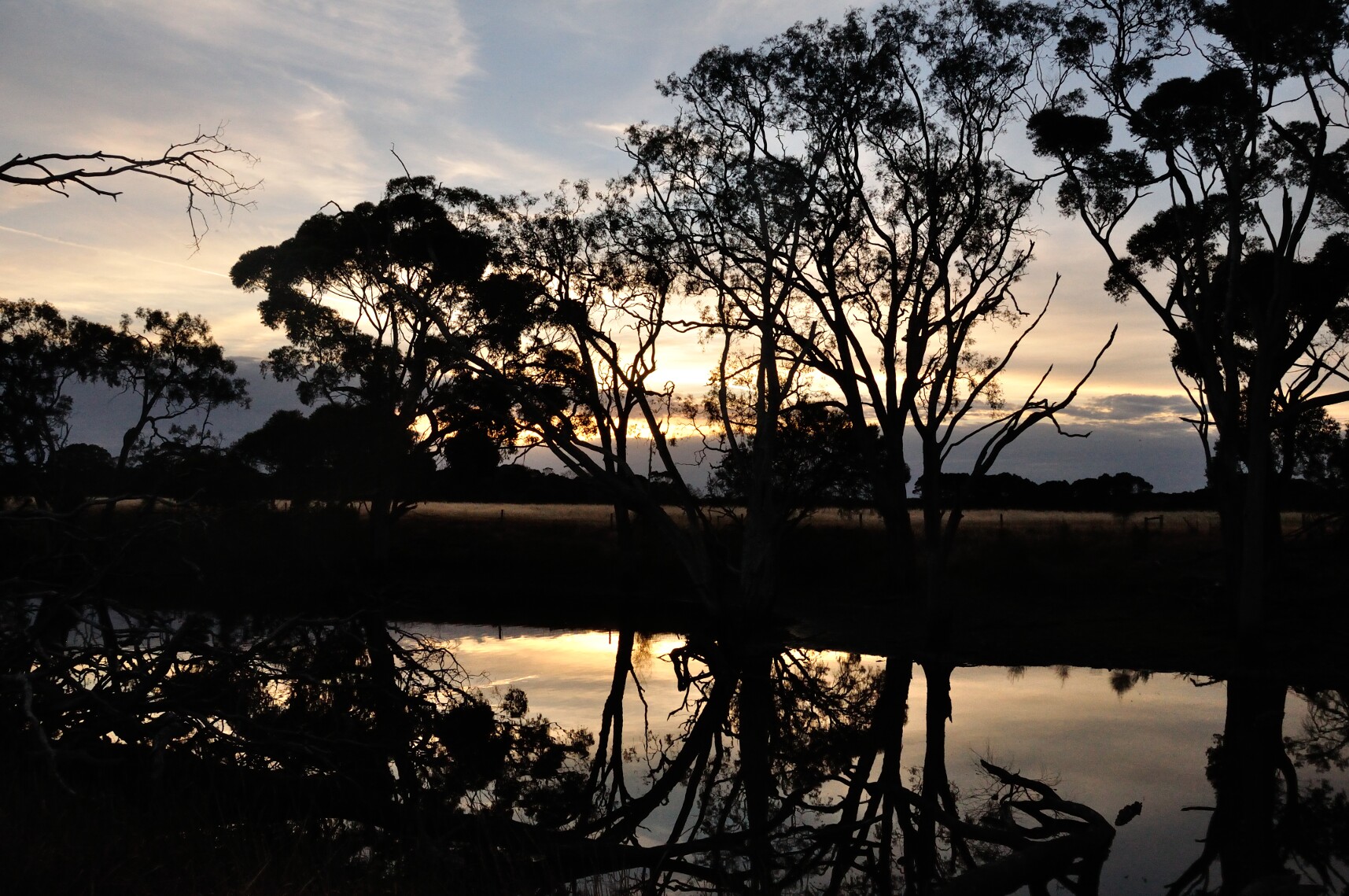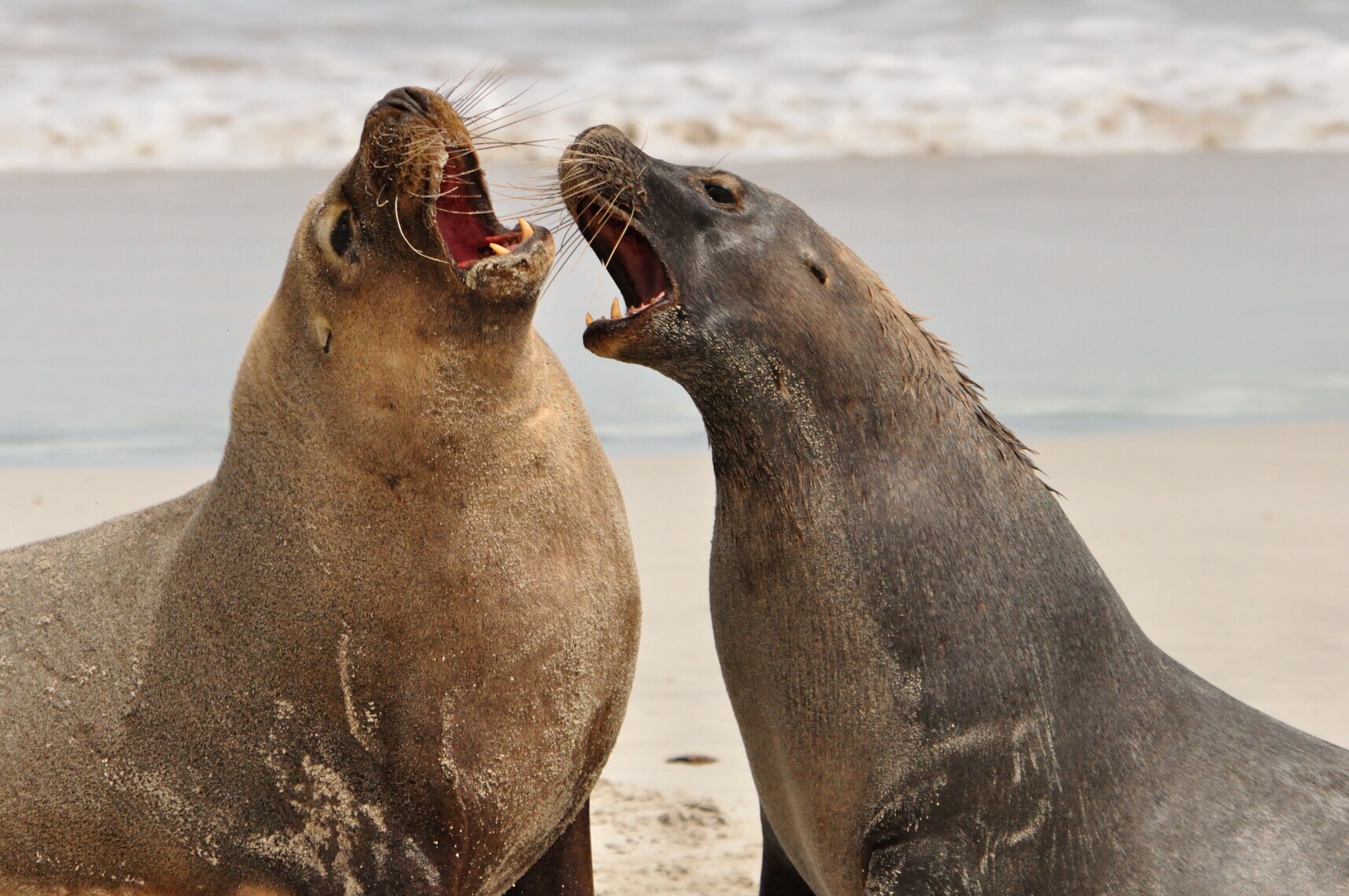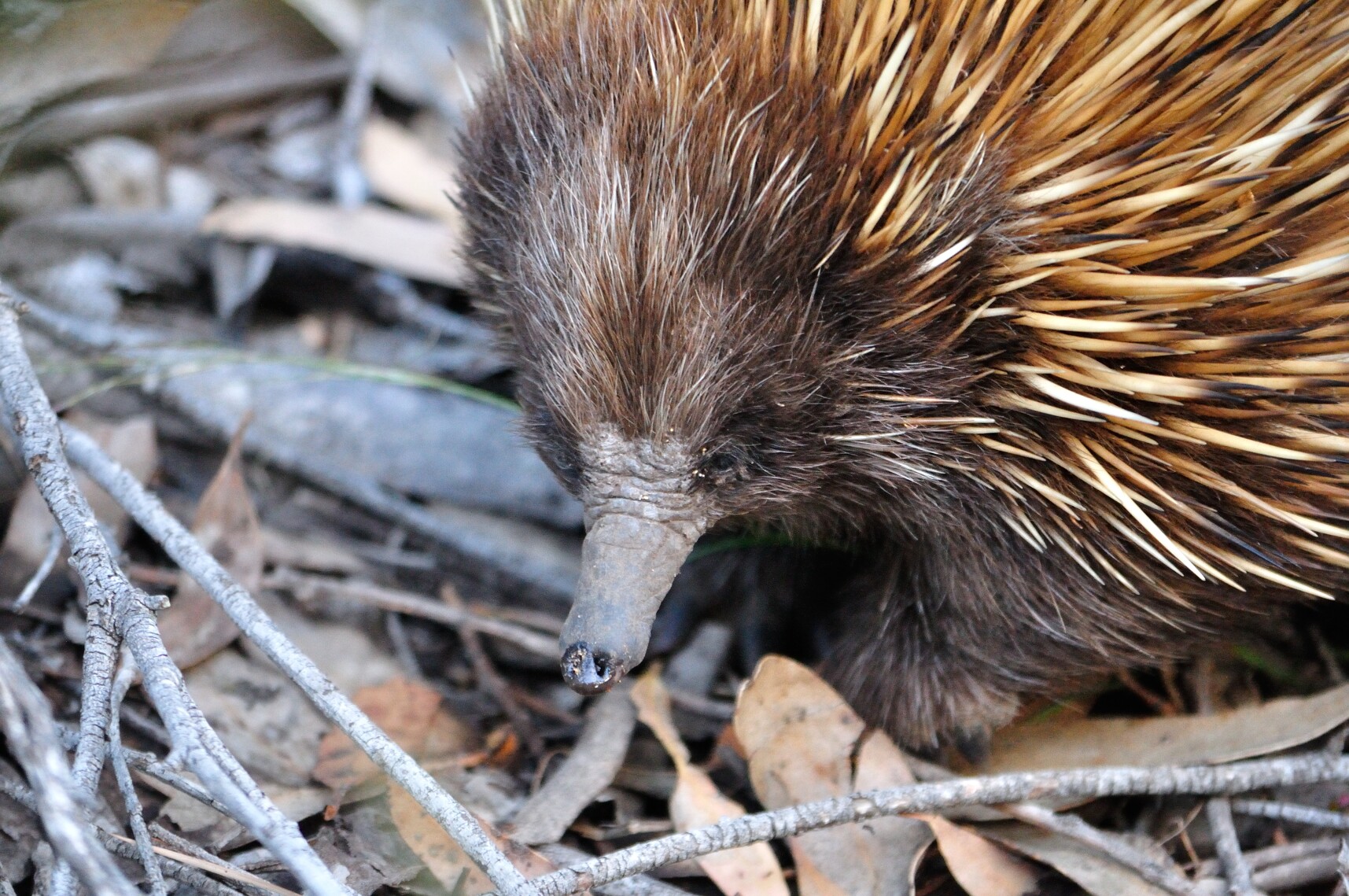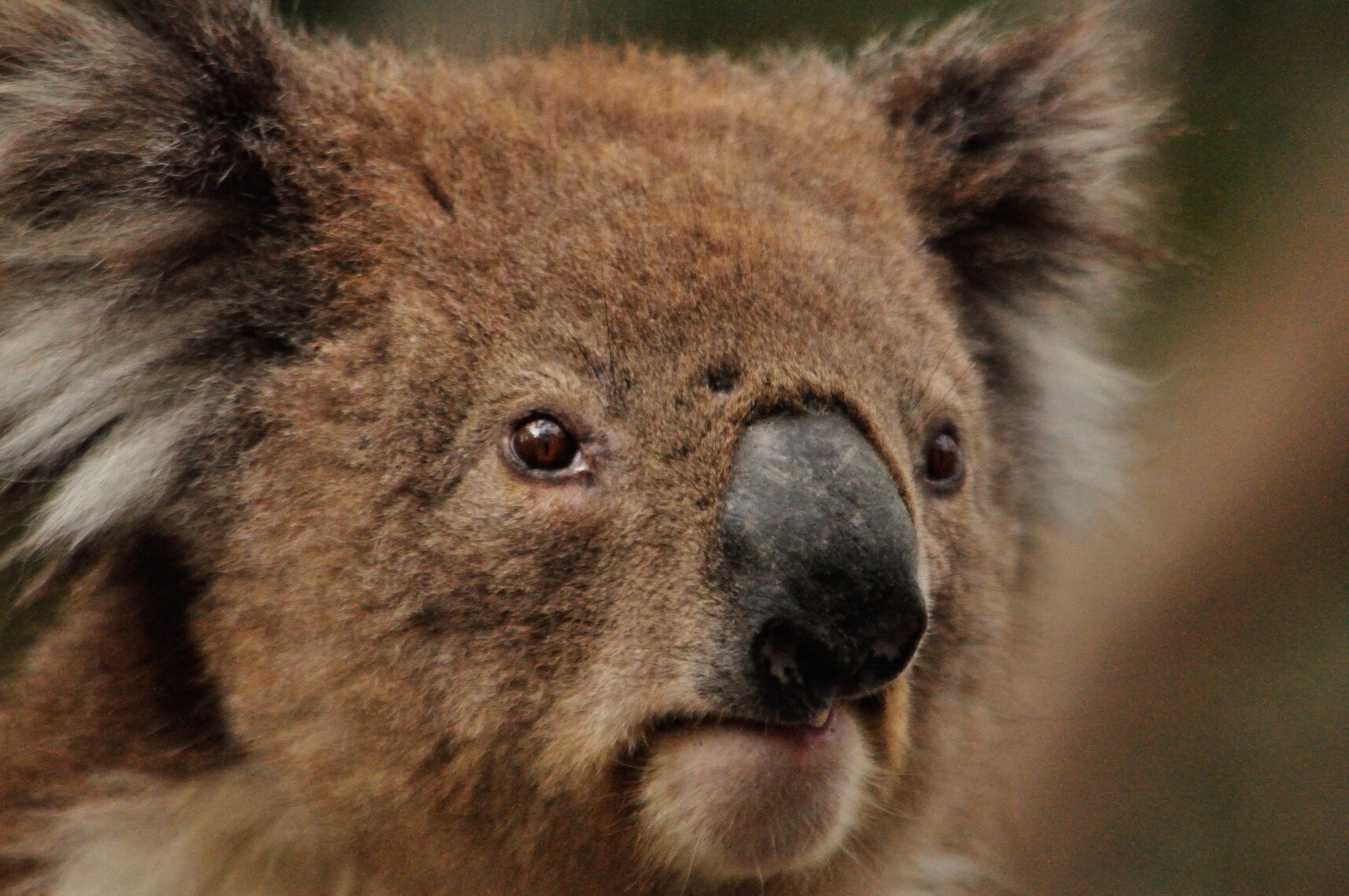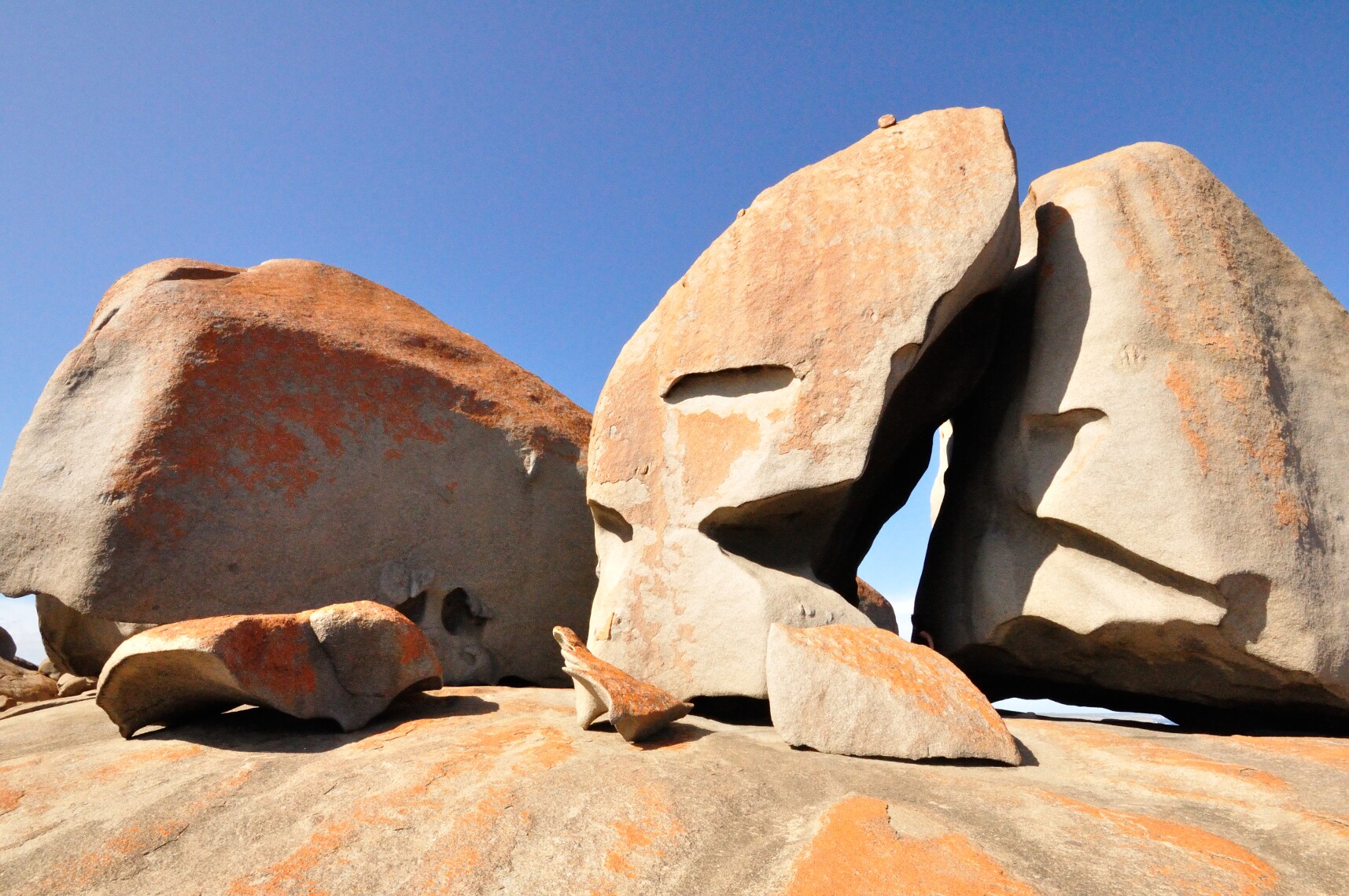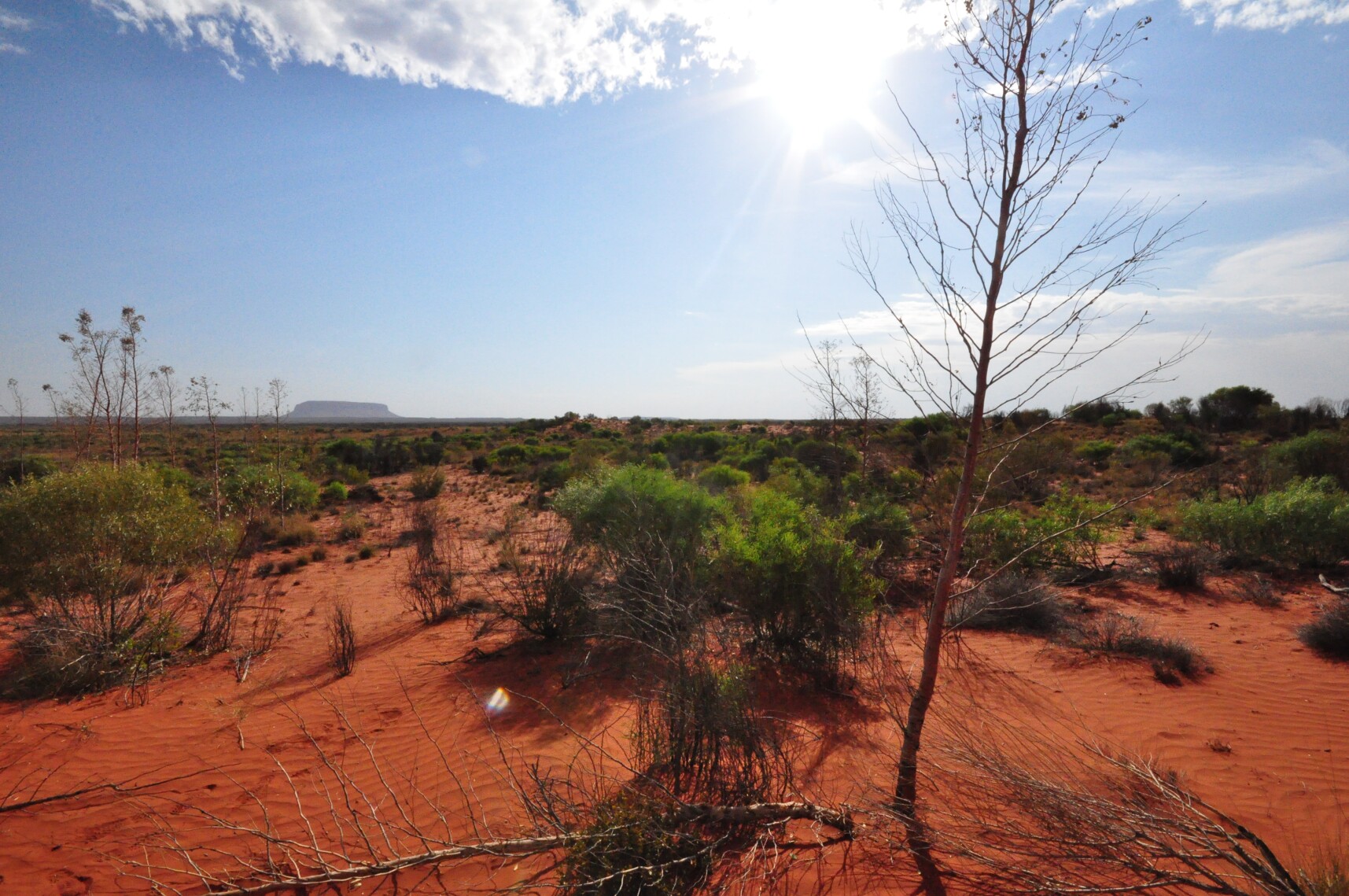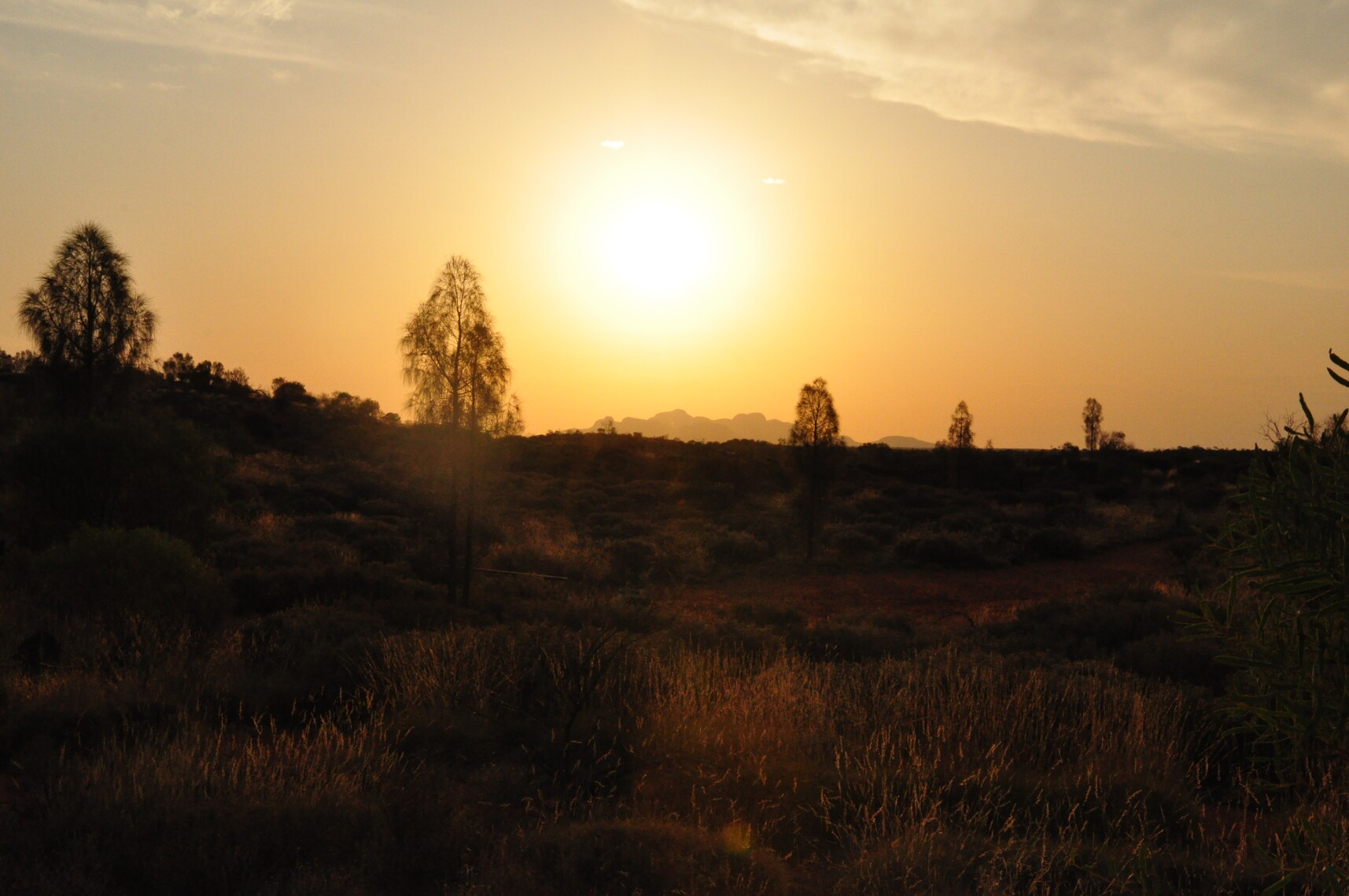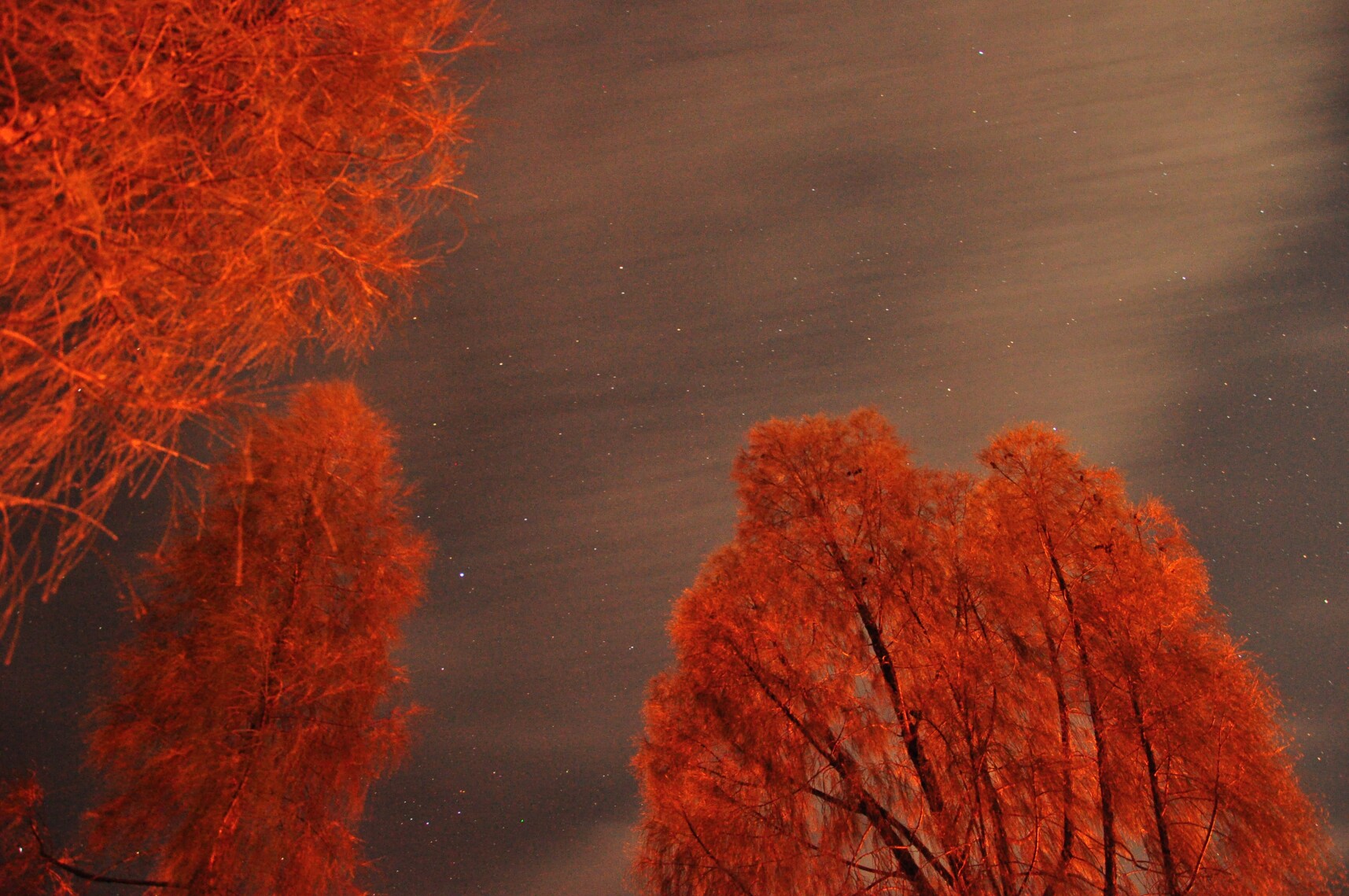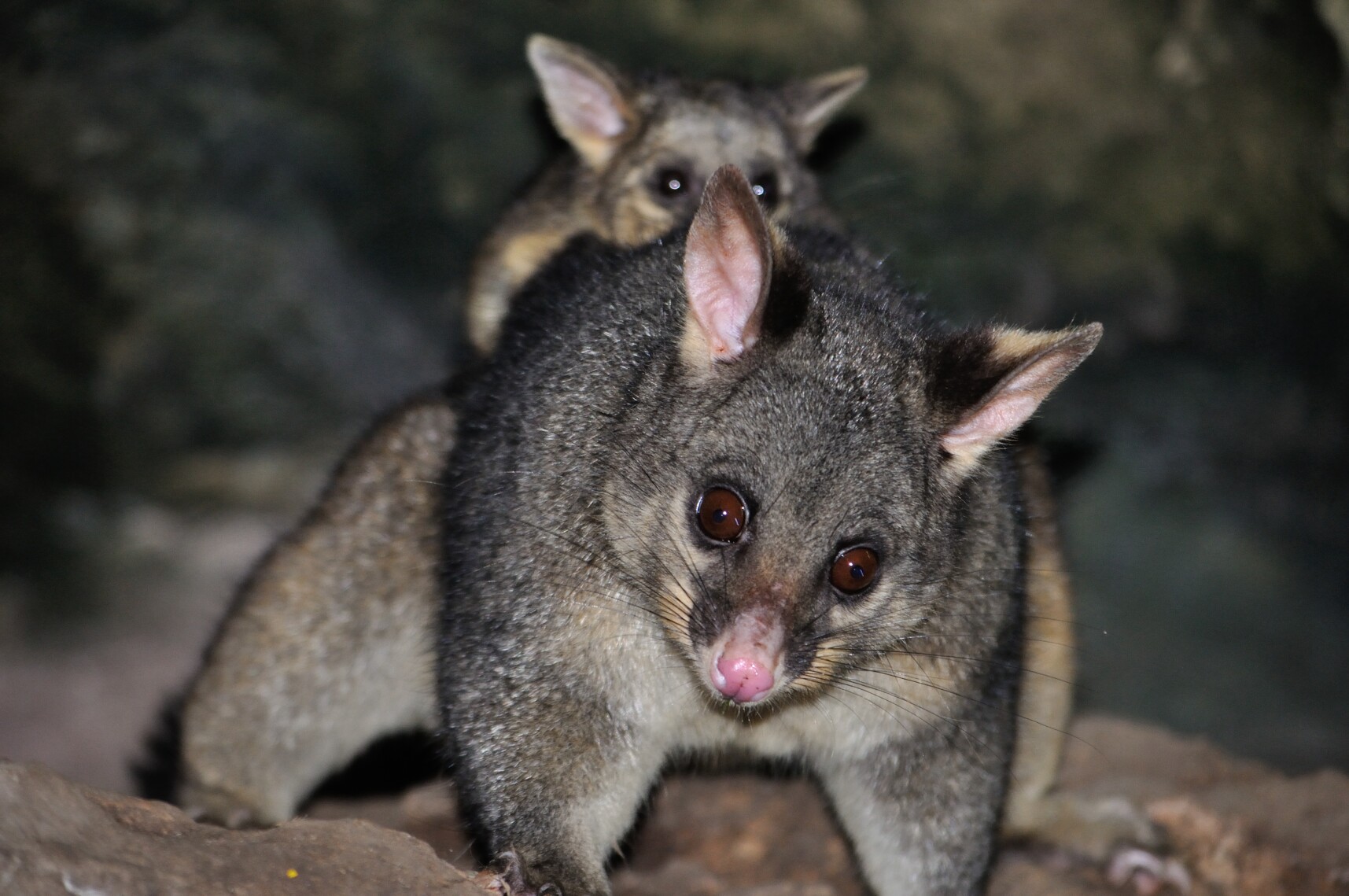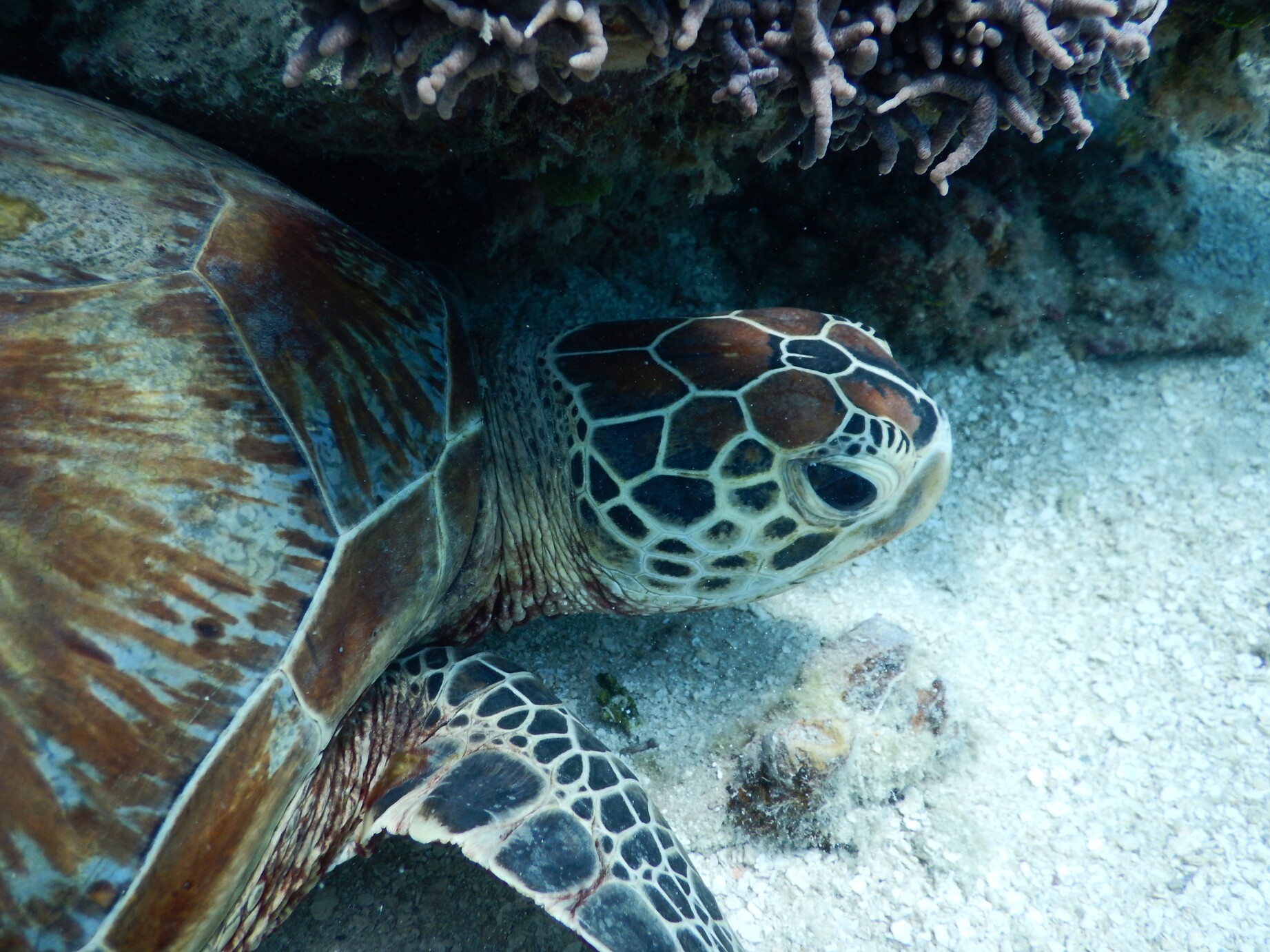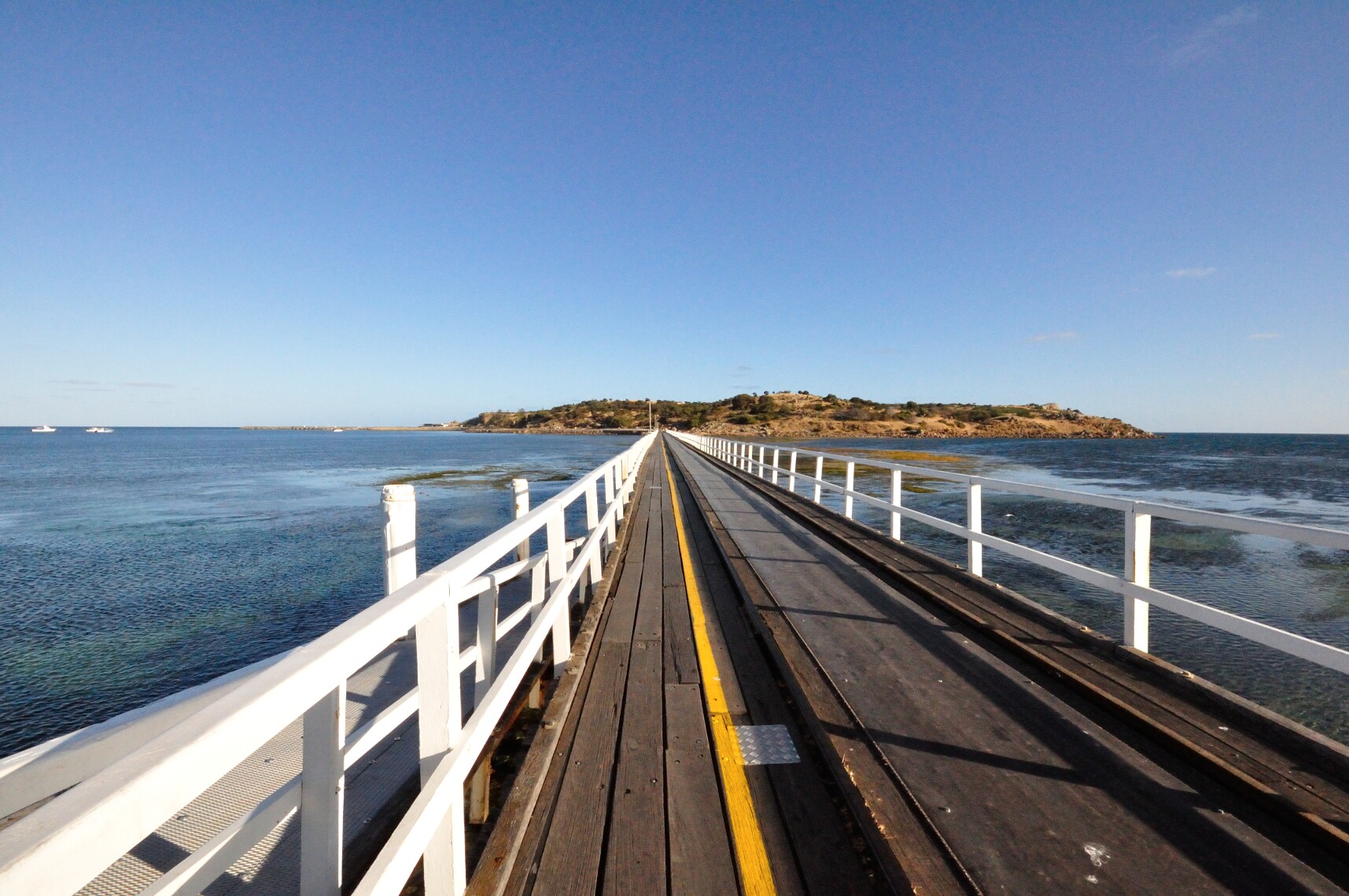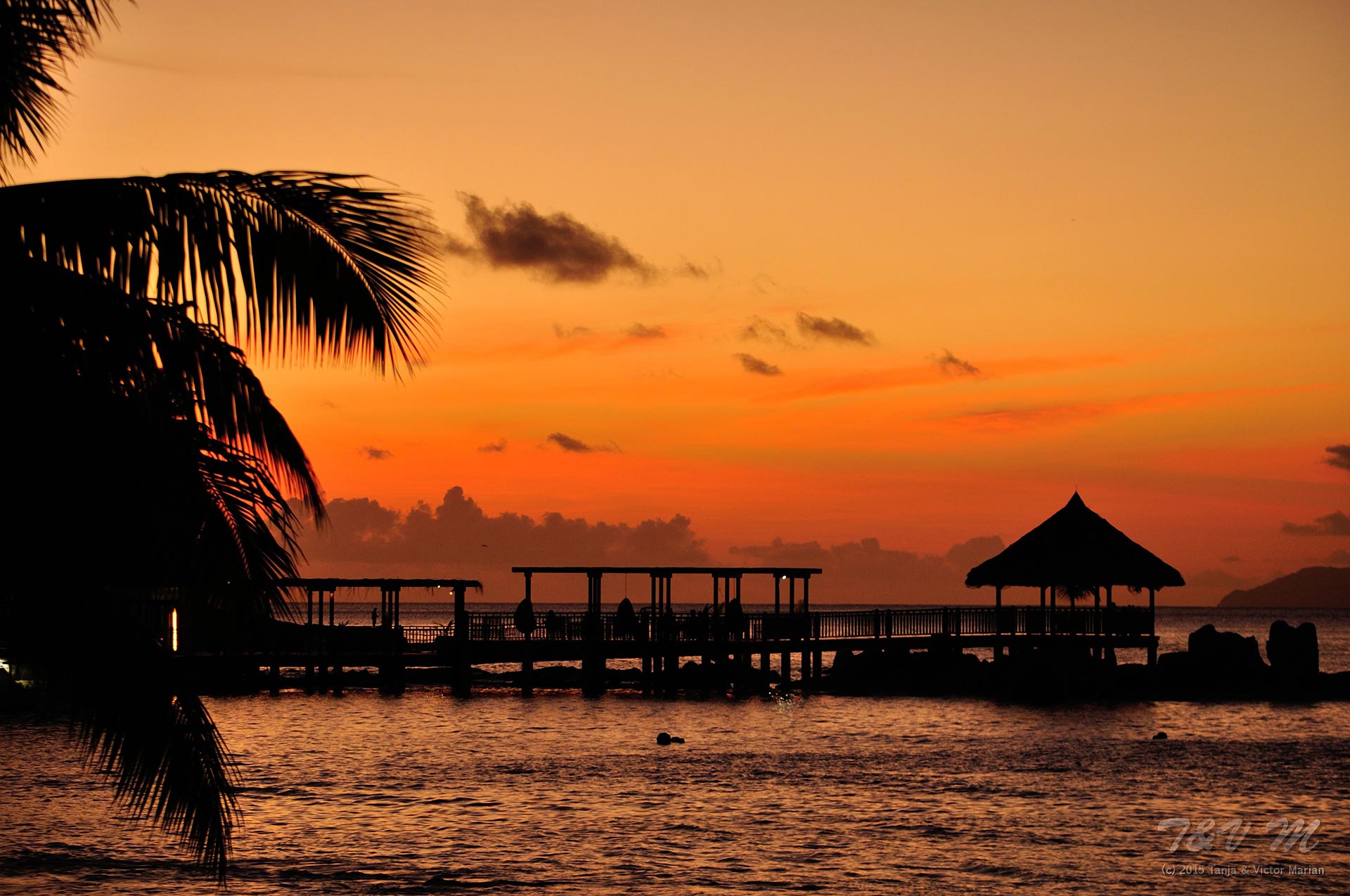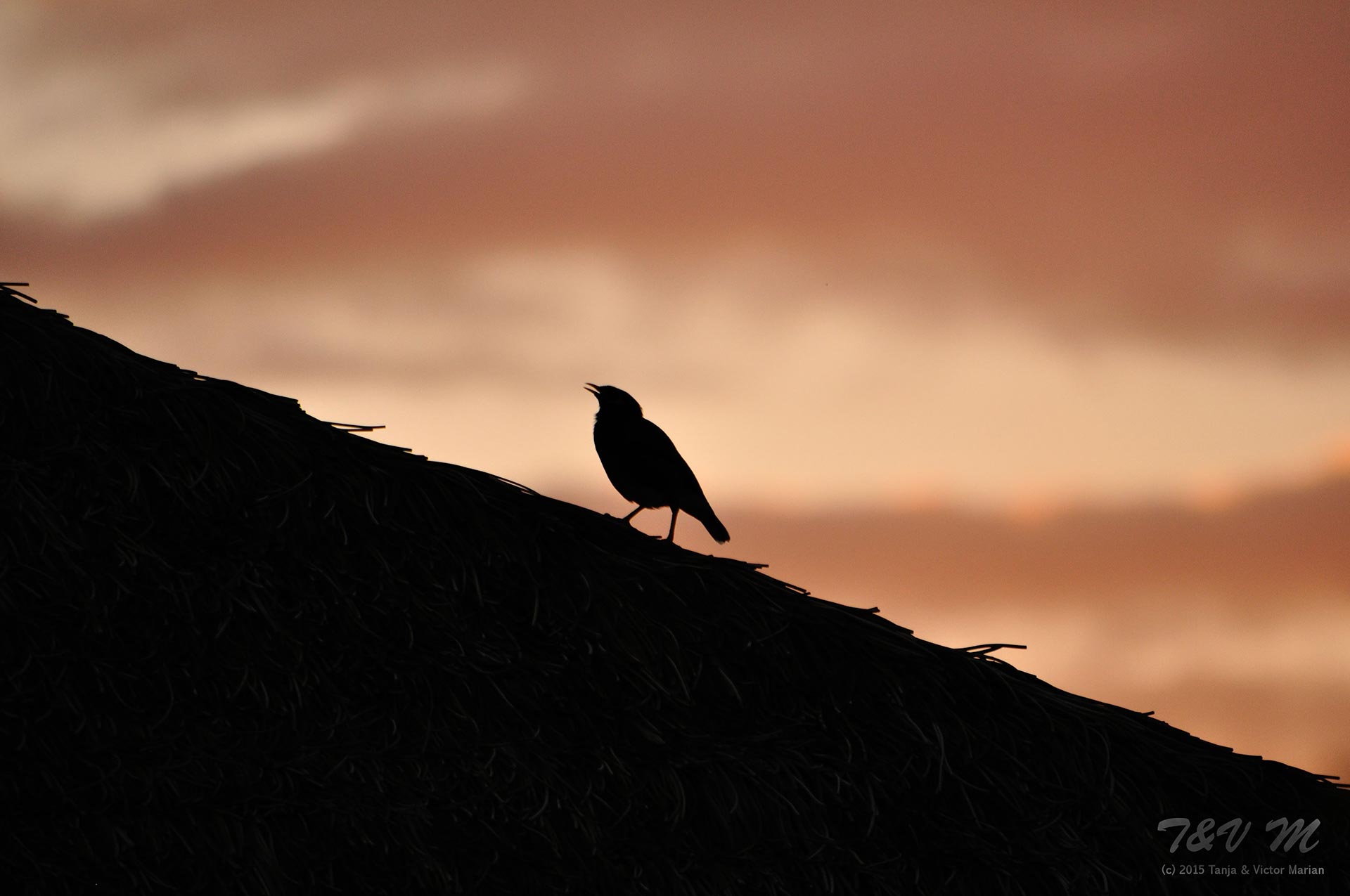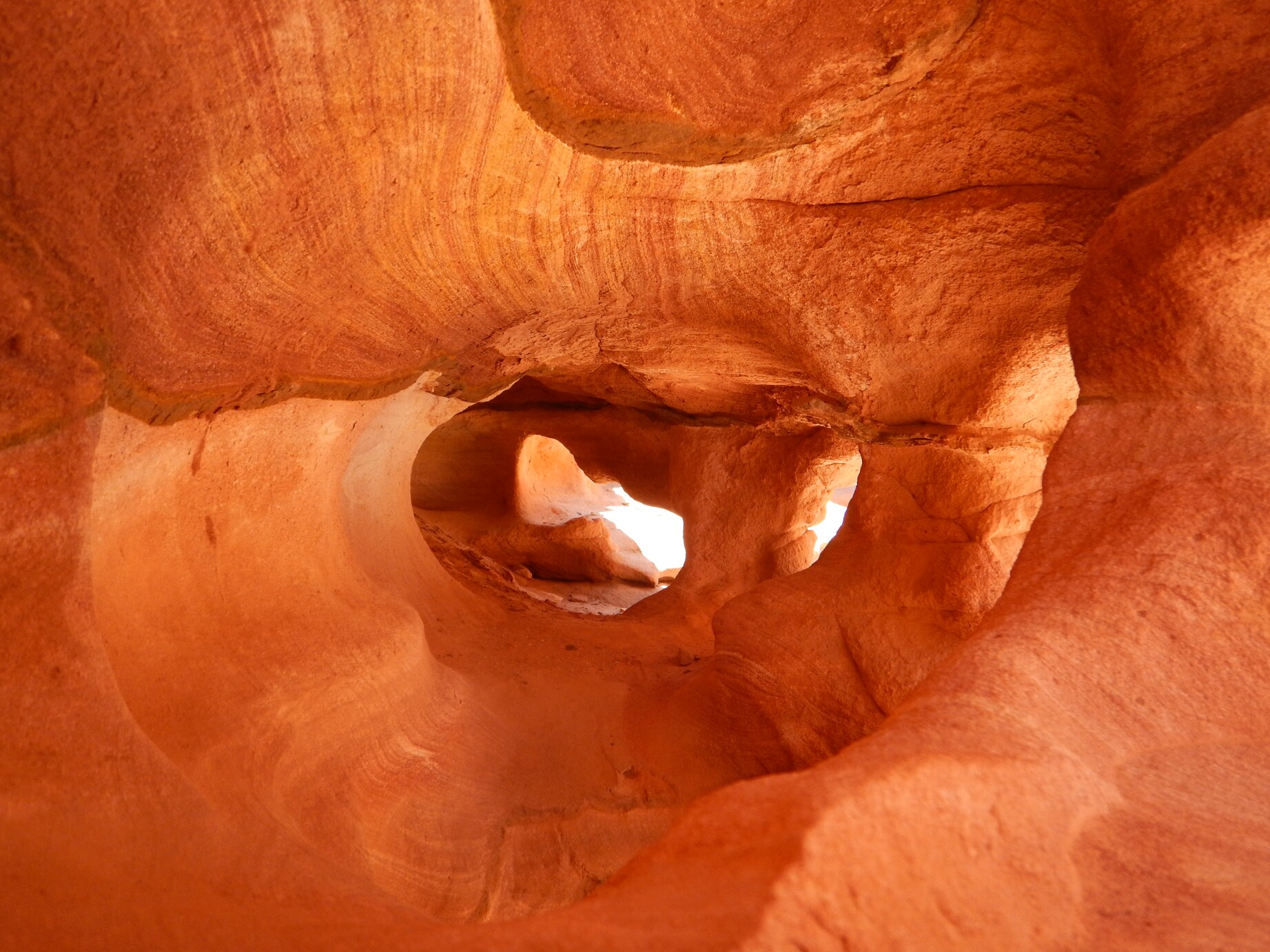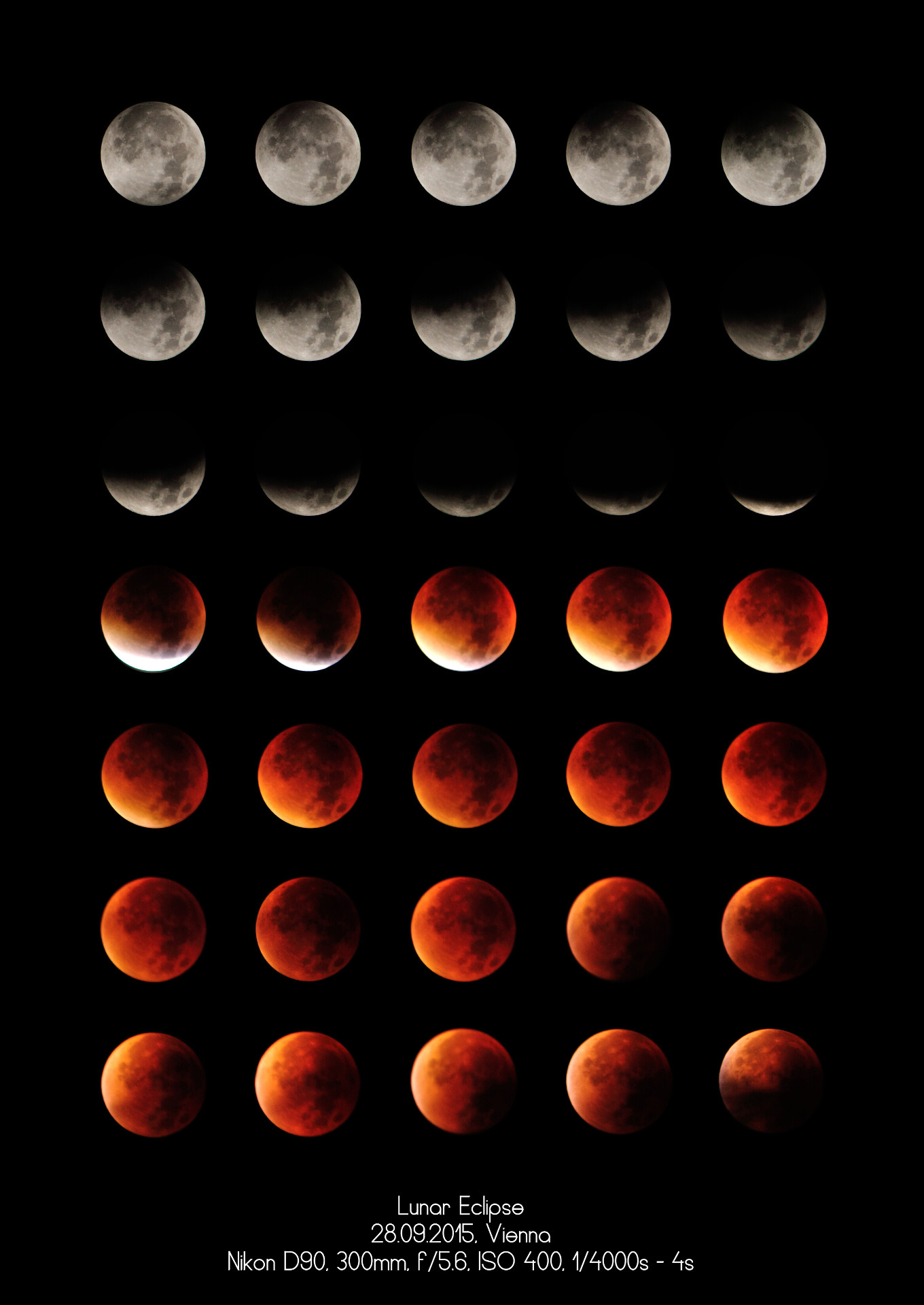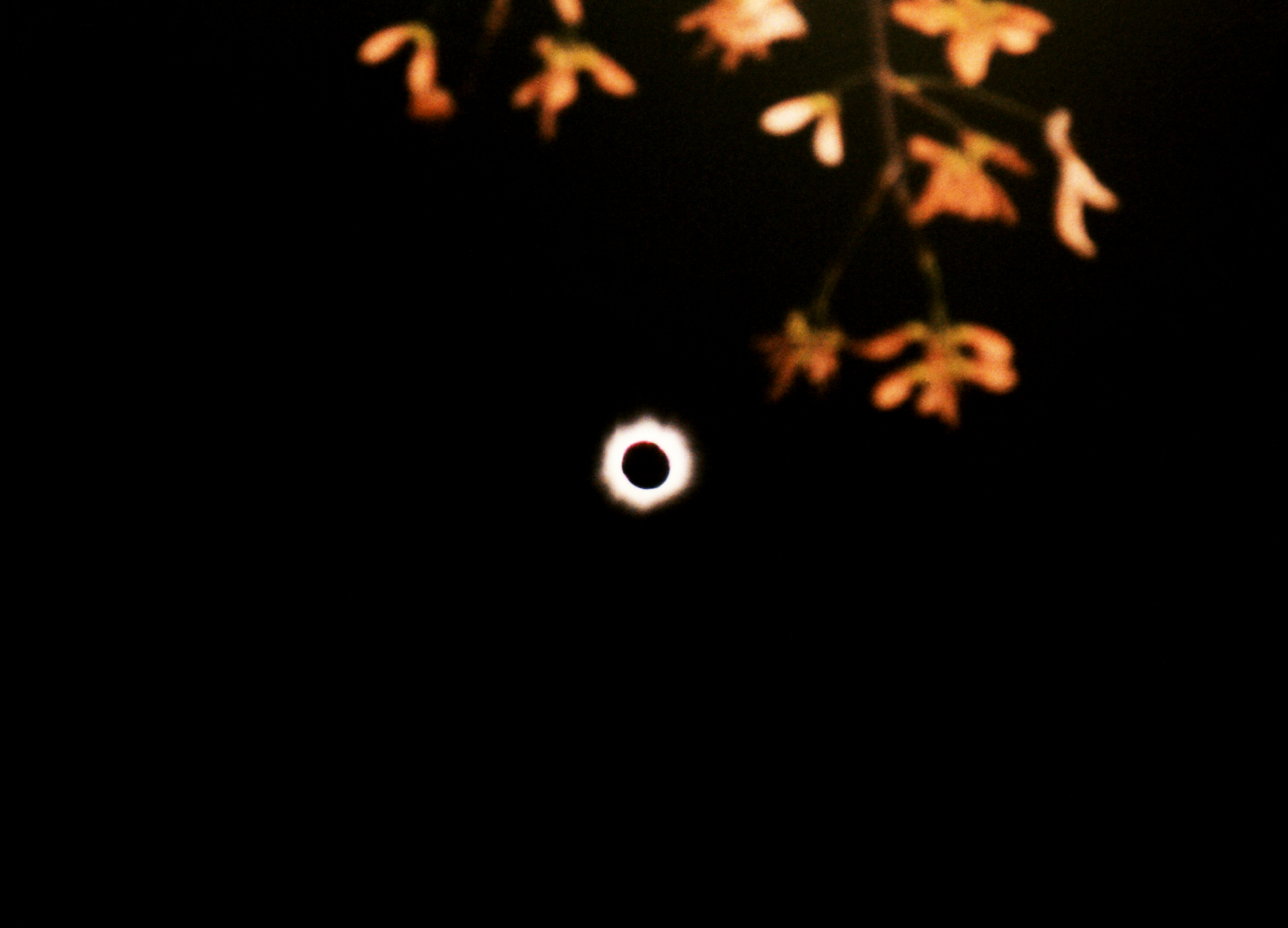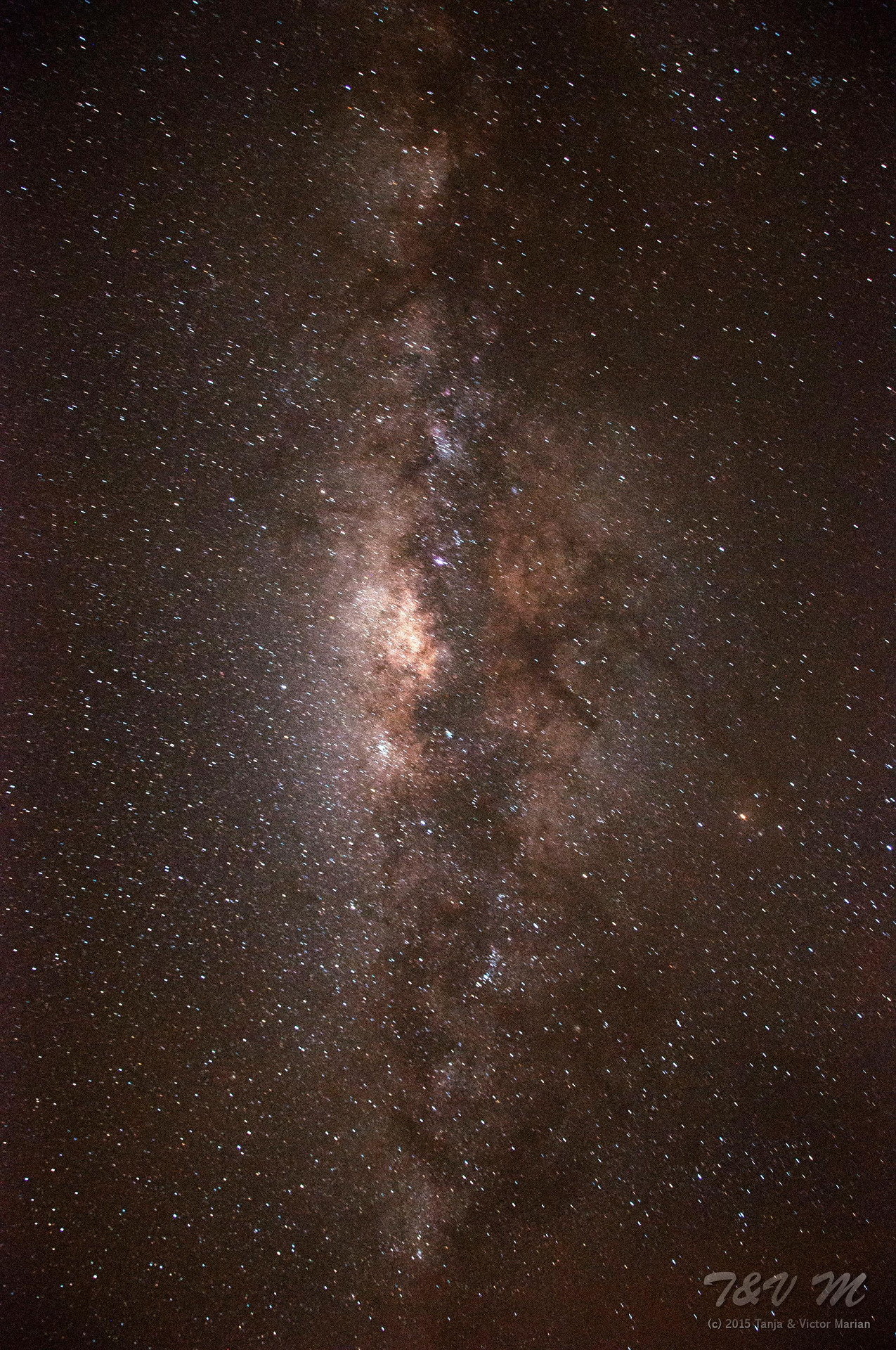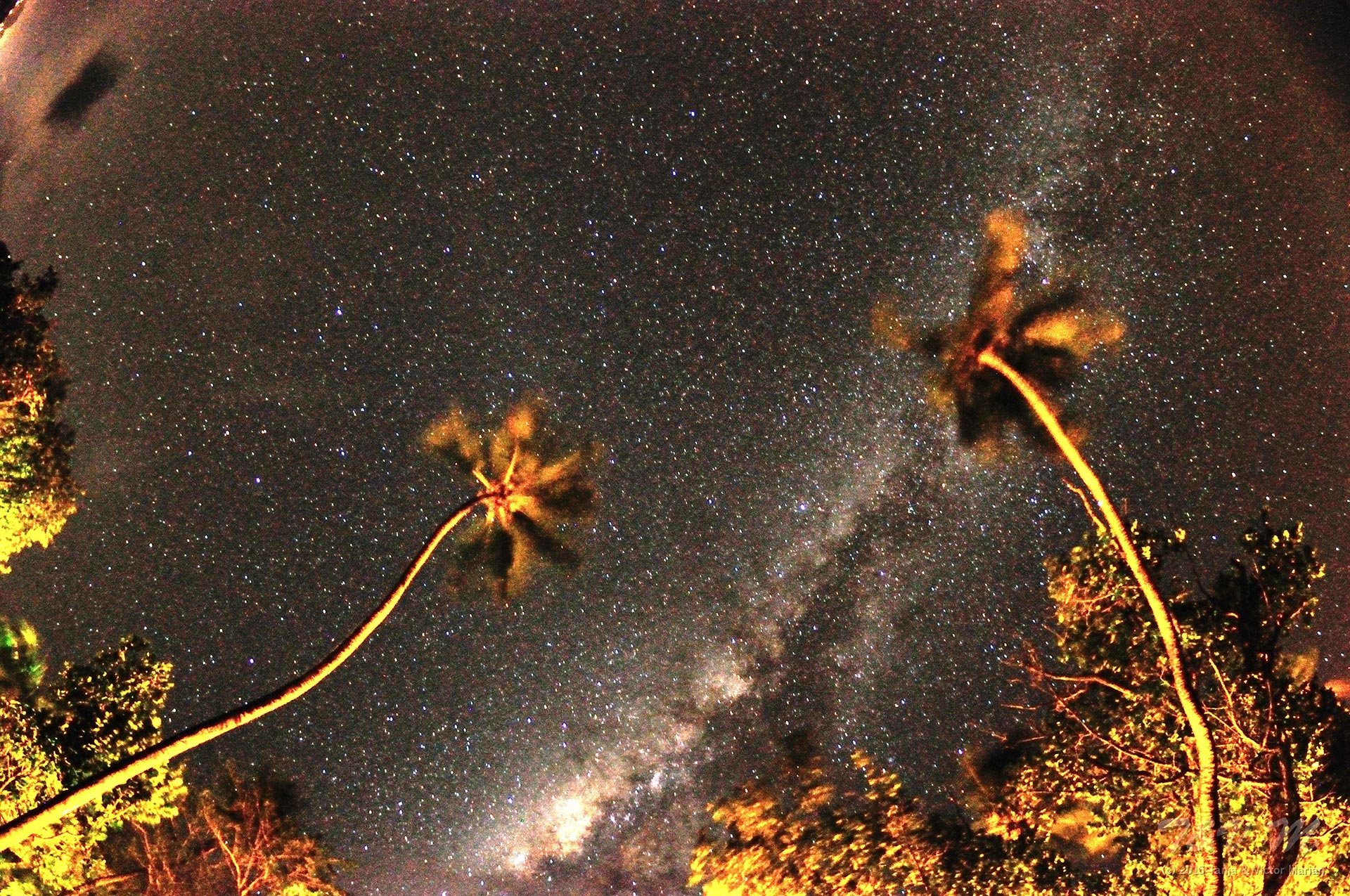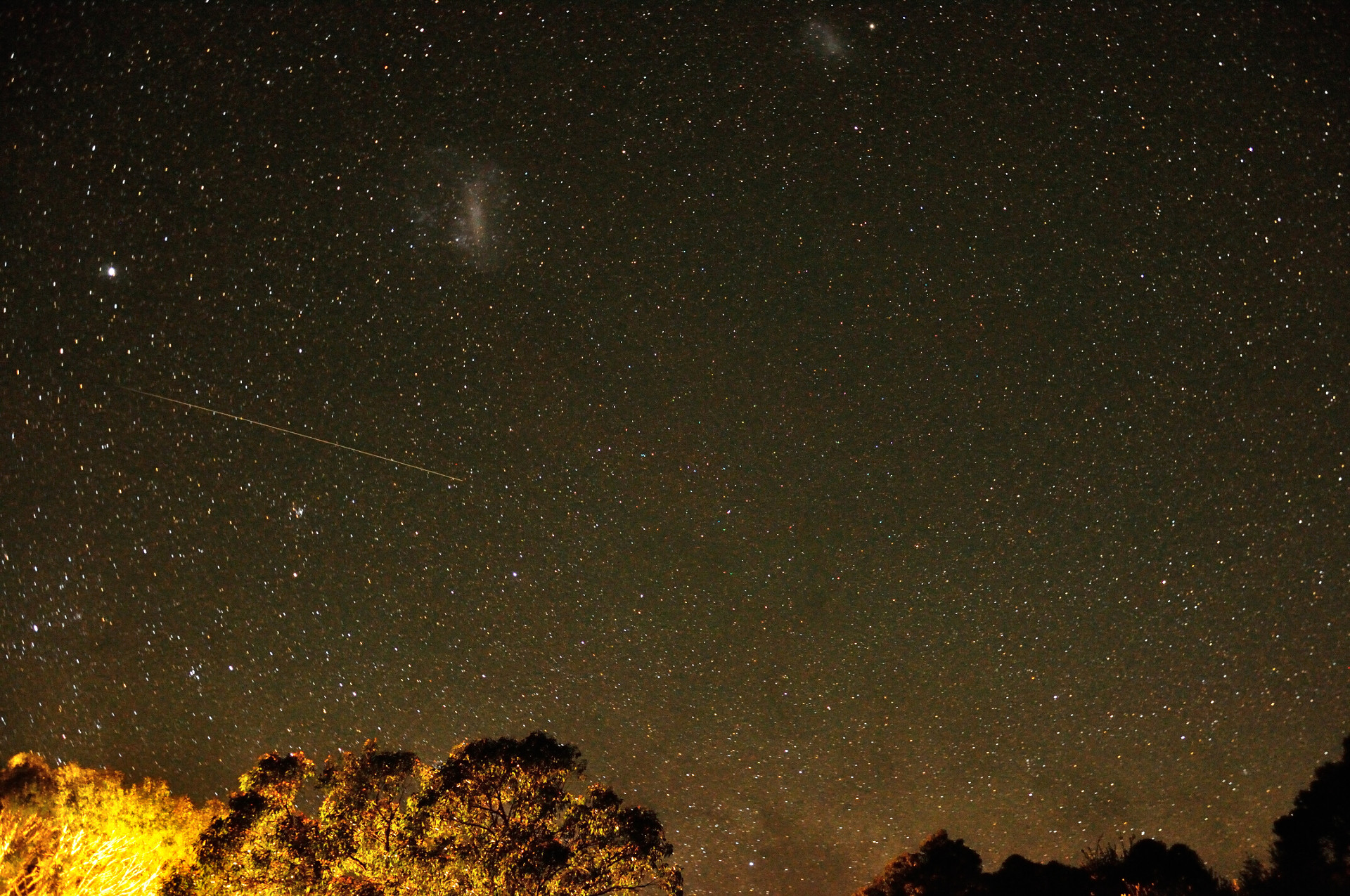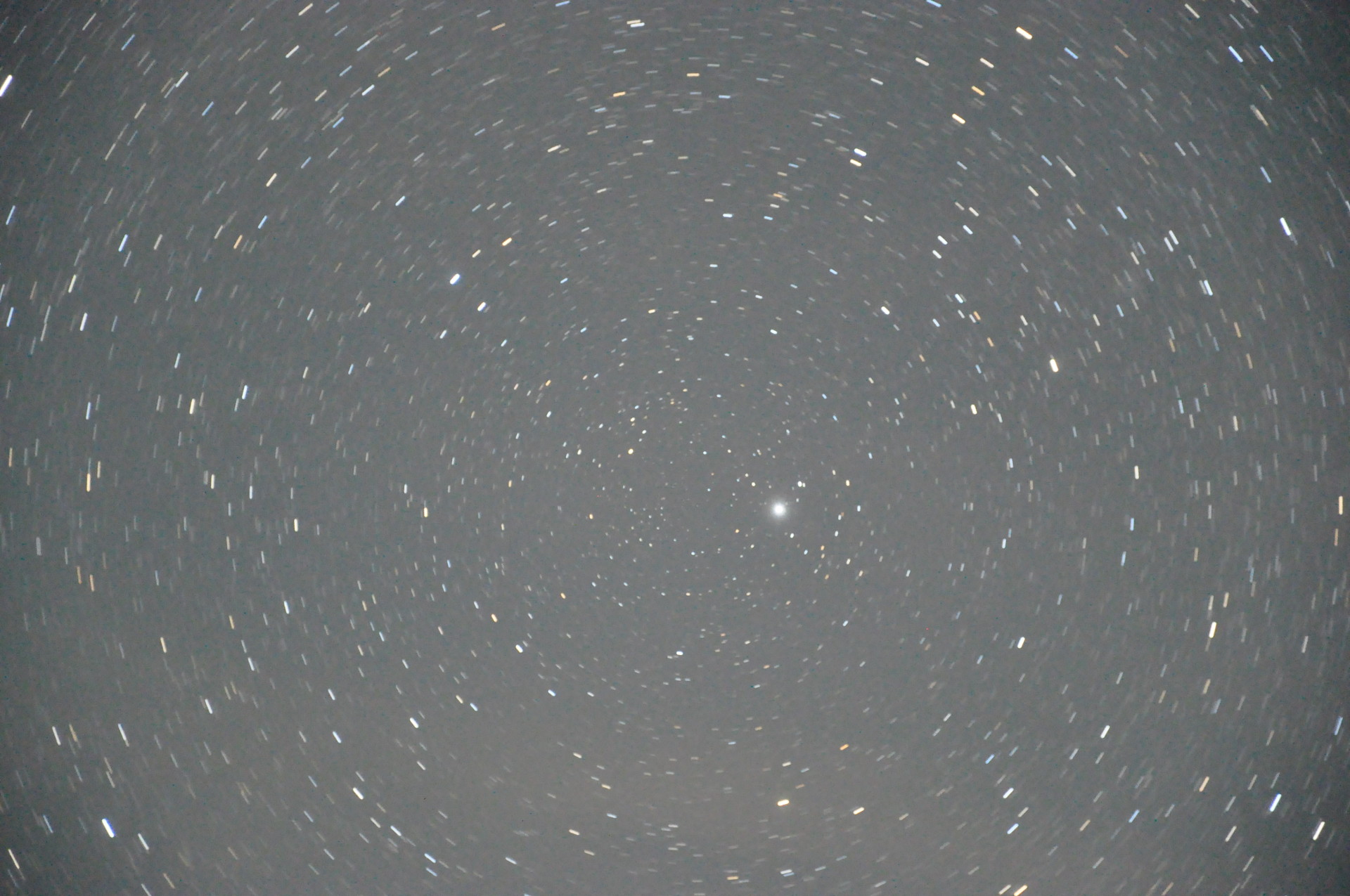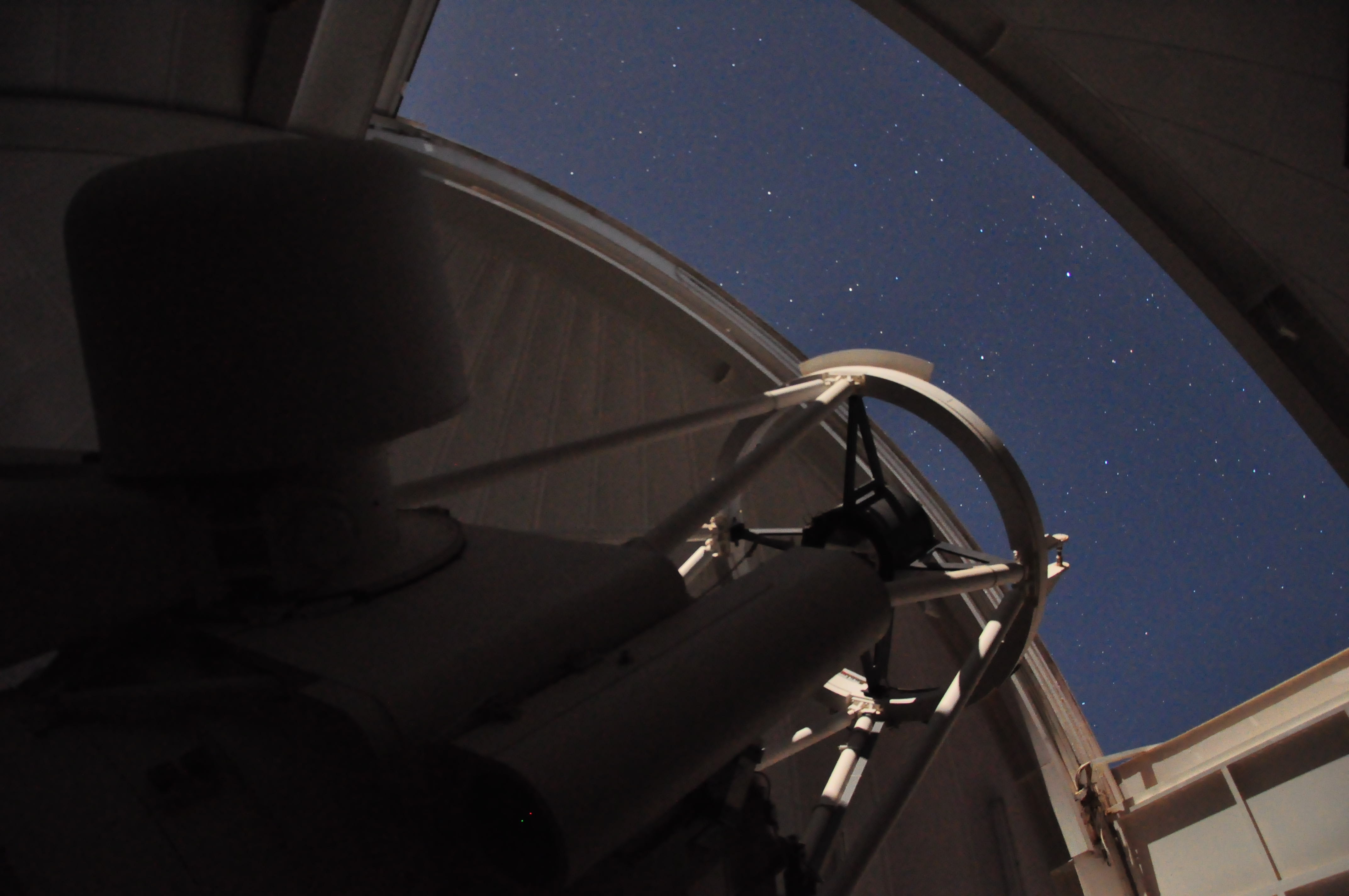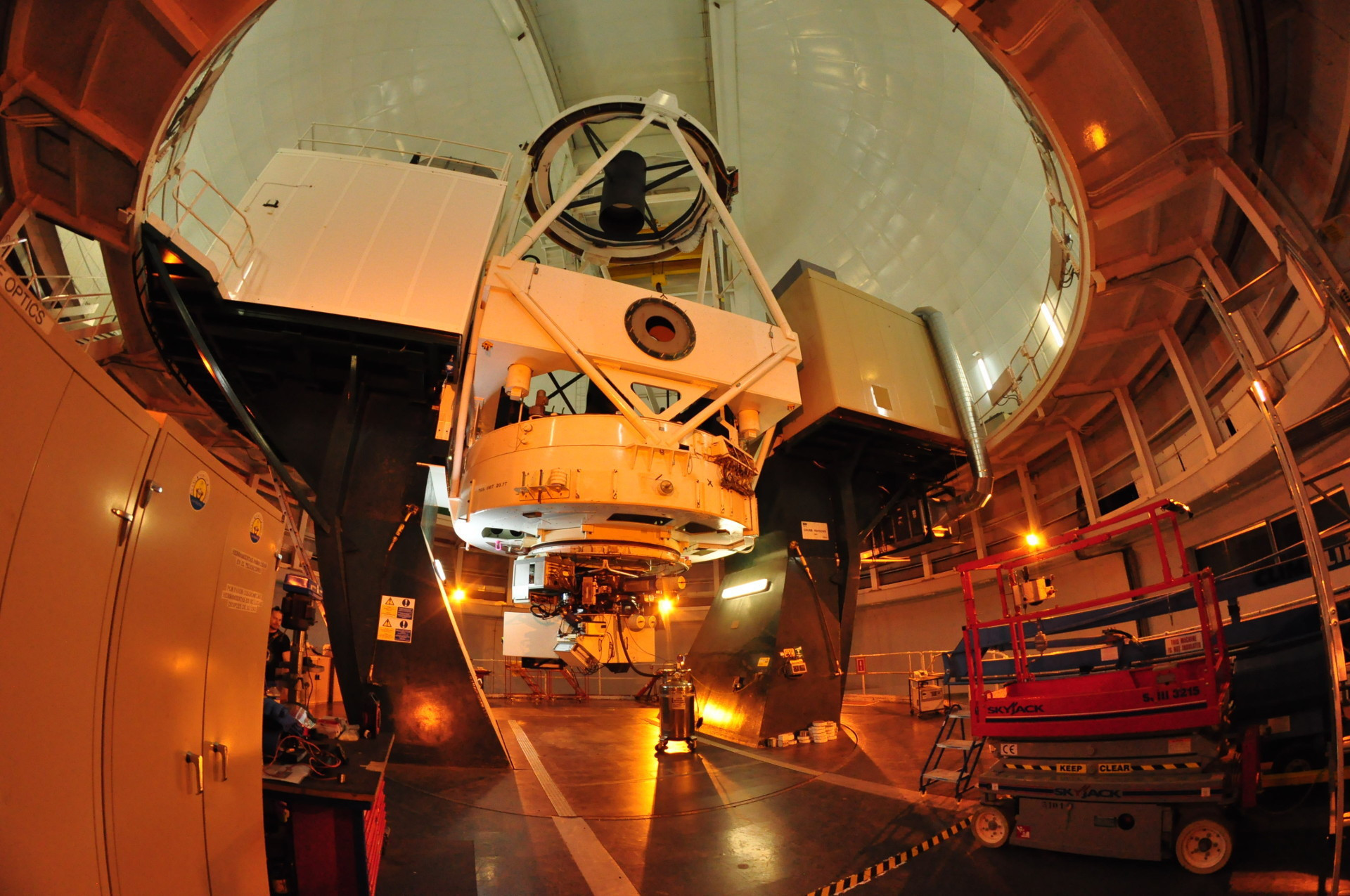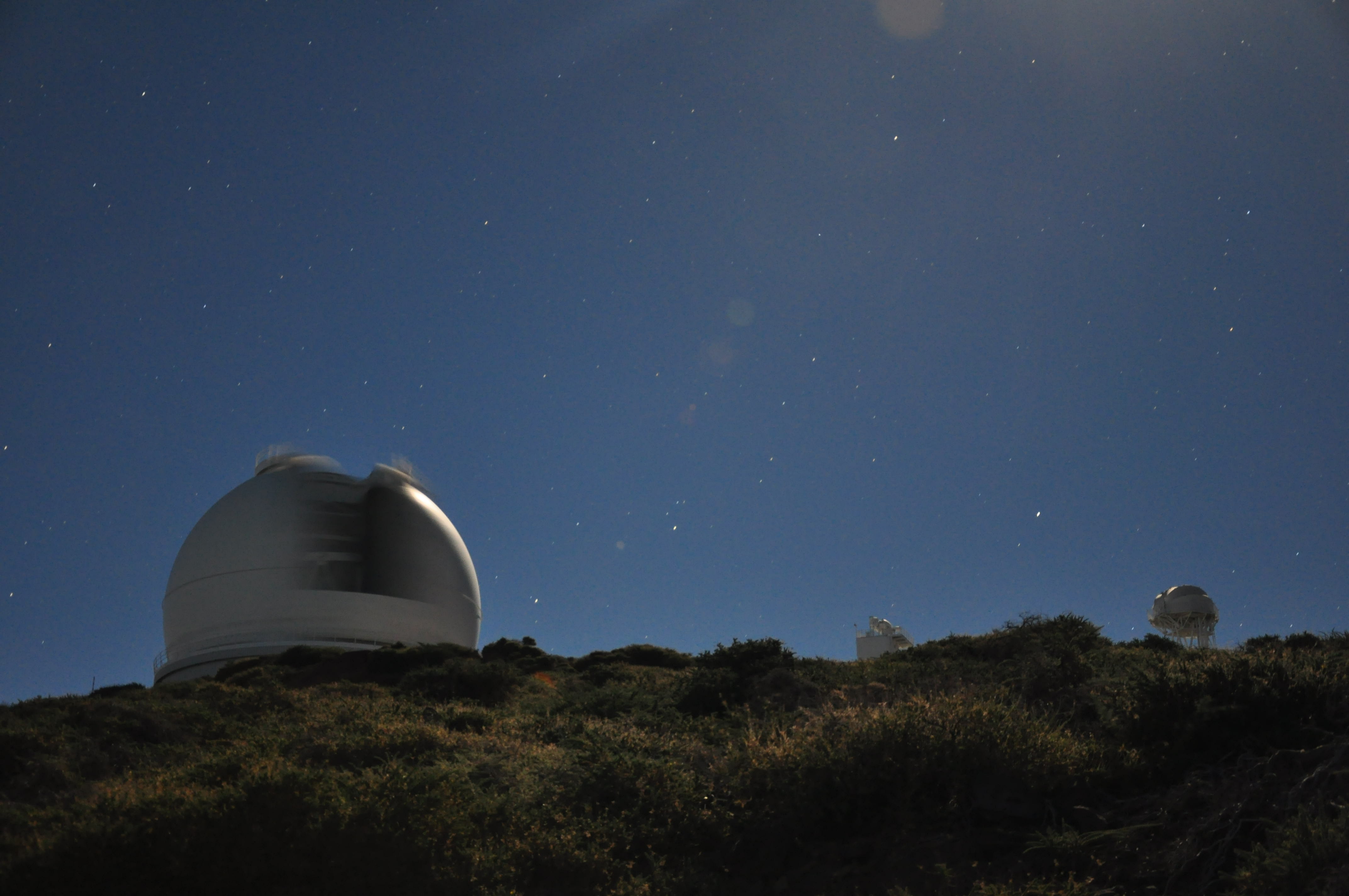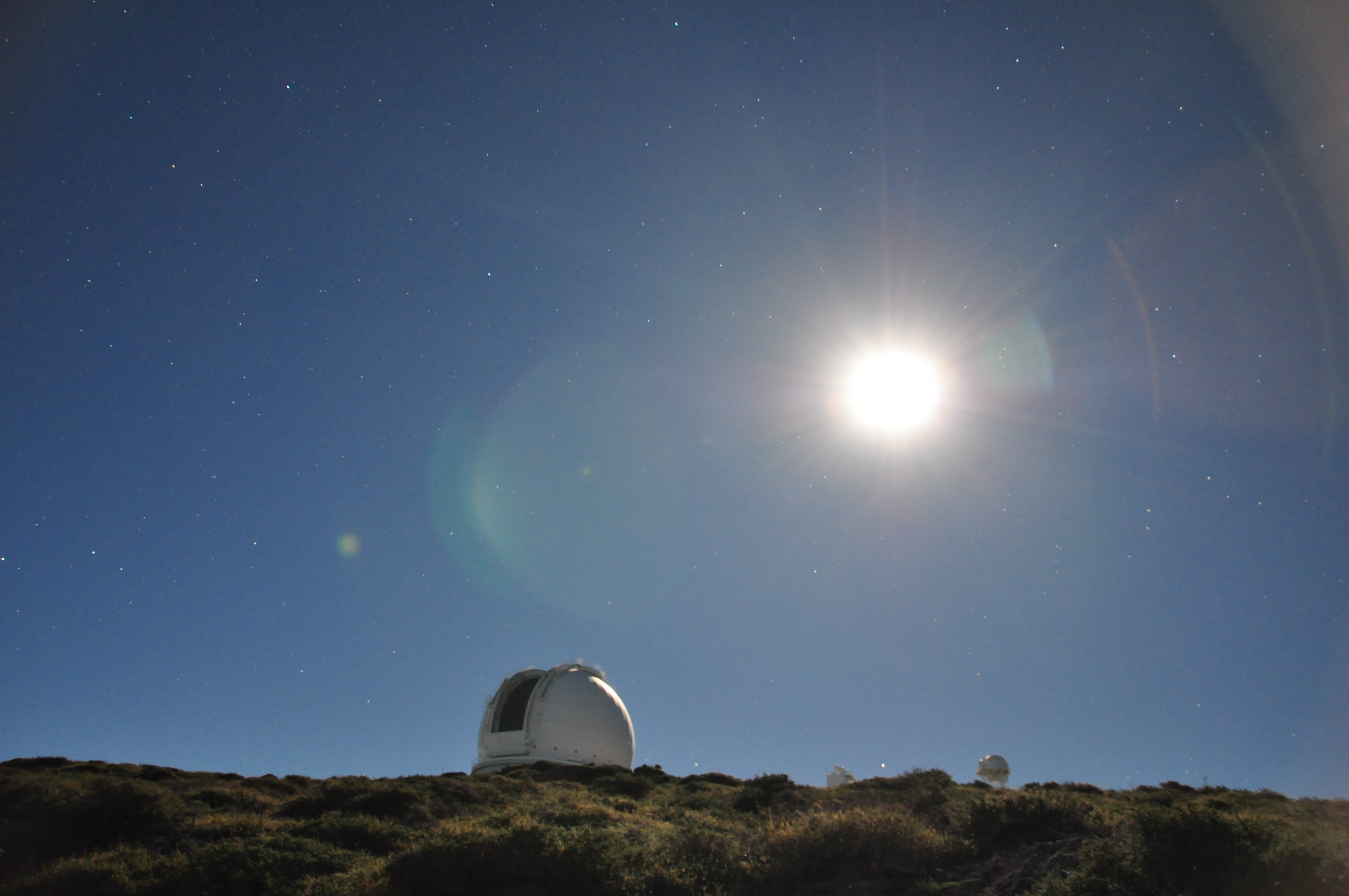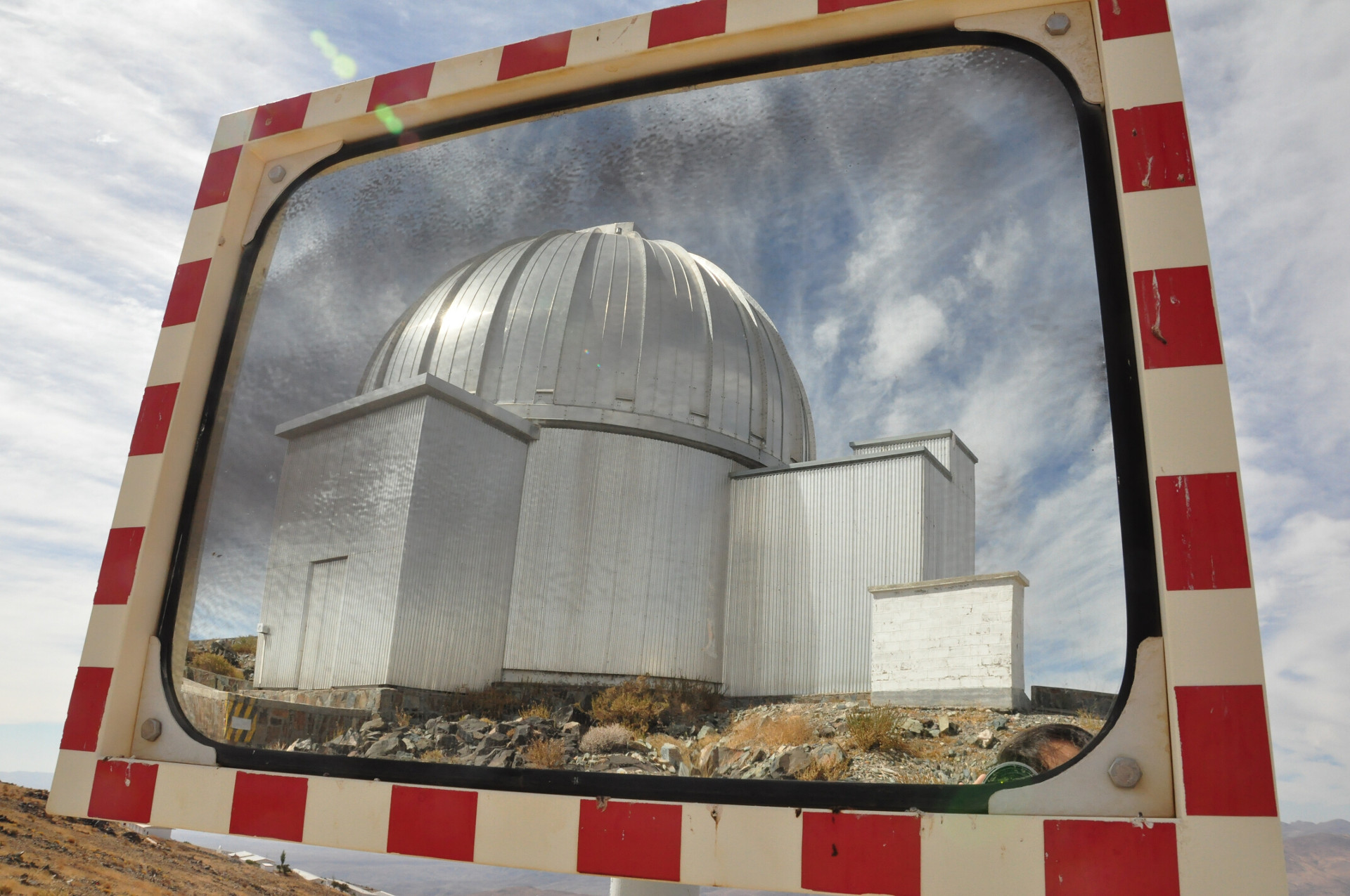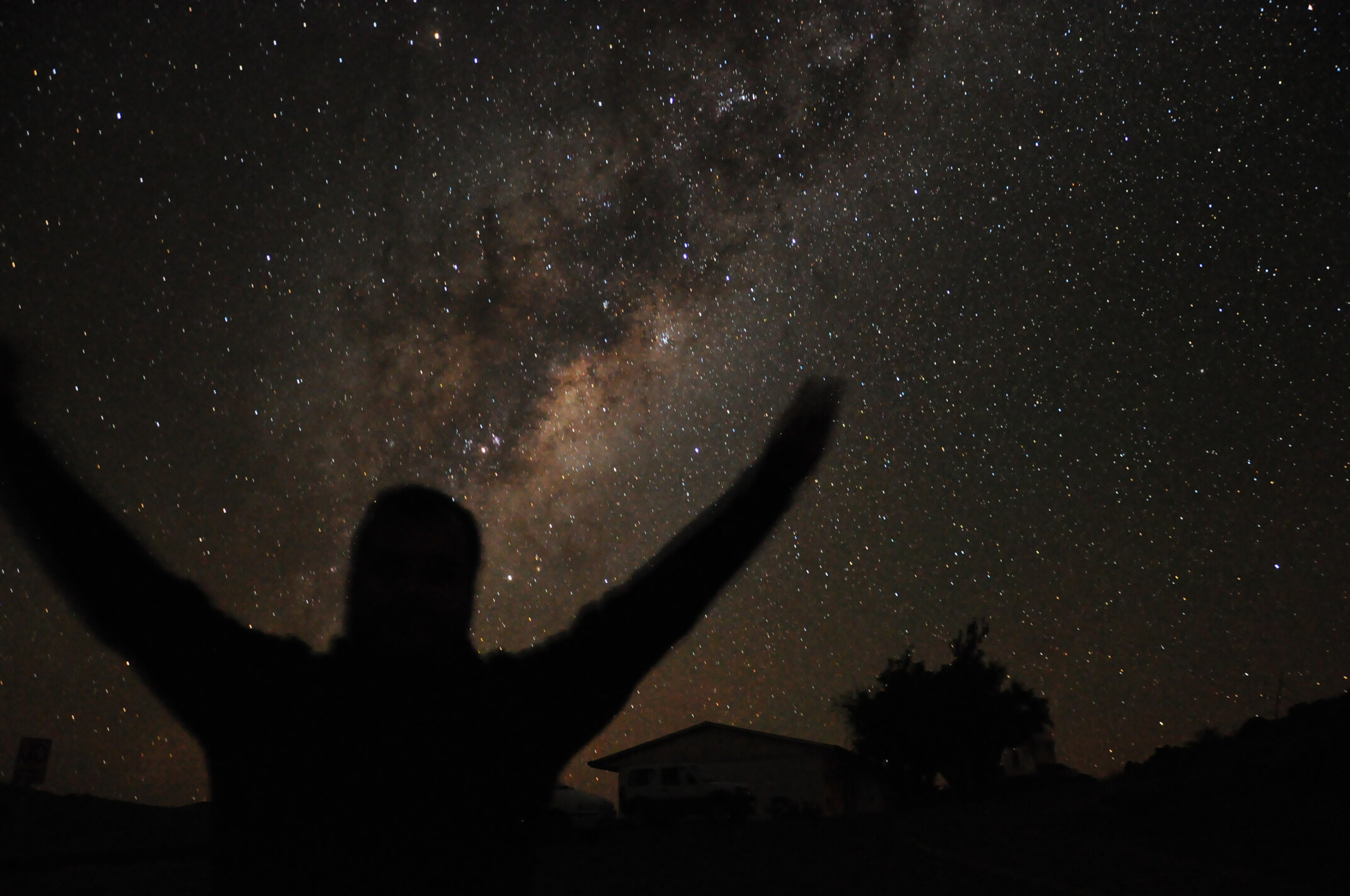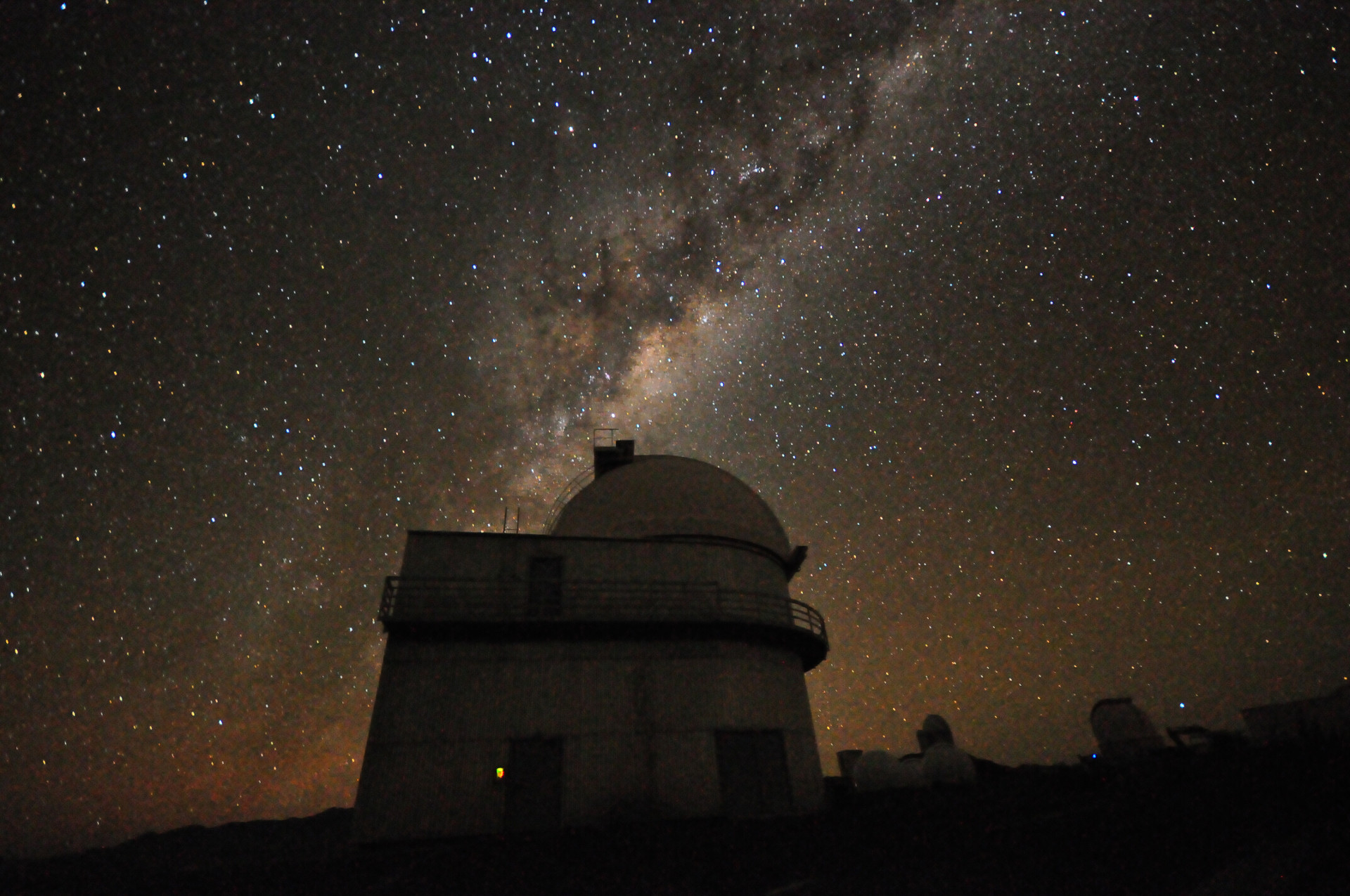Research
The feedback of actively accreting supermassive black holes in the centers of galaxies (i.e. active galatic nuclei (AGN)) can severely affect the evolution of its host galaxy by truncating or triggering/amplifying the star formation. Therefore, it is of utmost interest to understand the processes involved in the triggering of those black holes. For decades, it was a widely accepted scenario that the occurrence of AGNs are a result of a merger of massive gas-rich galaxies. However, over the last years the relevance of major interactions for the growth of black holes has been extensively tested, leading to a model in which the merging of two such galaxies is playing only a sub-dominant role.
With my work I focus on the question whether this conclusion is also valid for black holes with highest Eddington ratios, in other words black holes with the highest accretion rates relative to their mass. As a large amounts of gas and its transfer to the central region in a short time frame is required, it may very well be that for this particular population of black holes, major galaxy mergers are still the best or maybe only suitable mechanism.
To examine this question I analyze the fractions of merging AGN host galaxies at redshift z∼2 (peak of black hole growth) and at z∼0.2, and subsequently compare them to the respective merger fractions of two matched samples of inactive galaxies. A significant increase of the AGN merger fractions with respect to the control samples would mean that major galaxy mergers are indeed a dominant trigger for the selected population of AGNs with the highest Eddington ratios.

Currently I am working with simulated data from the cosmological simulation IllustrisTNG to verfiy the observational results presented above and to find any possible distinctions between simulation and observations.
To order the sources with respect to the strength of their merger features I also developed an easy-to-use tool to classify images. It offers the possibility to sort an arbitrary number of images by drag and drop and/or keyboard commands, features a fanybox gallery to view all the images in an overlayed and larger version, and the option to export the final order into a generic text file. You can find more detailed info and a guide on how to use it on Github.


